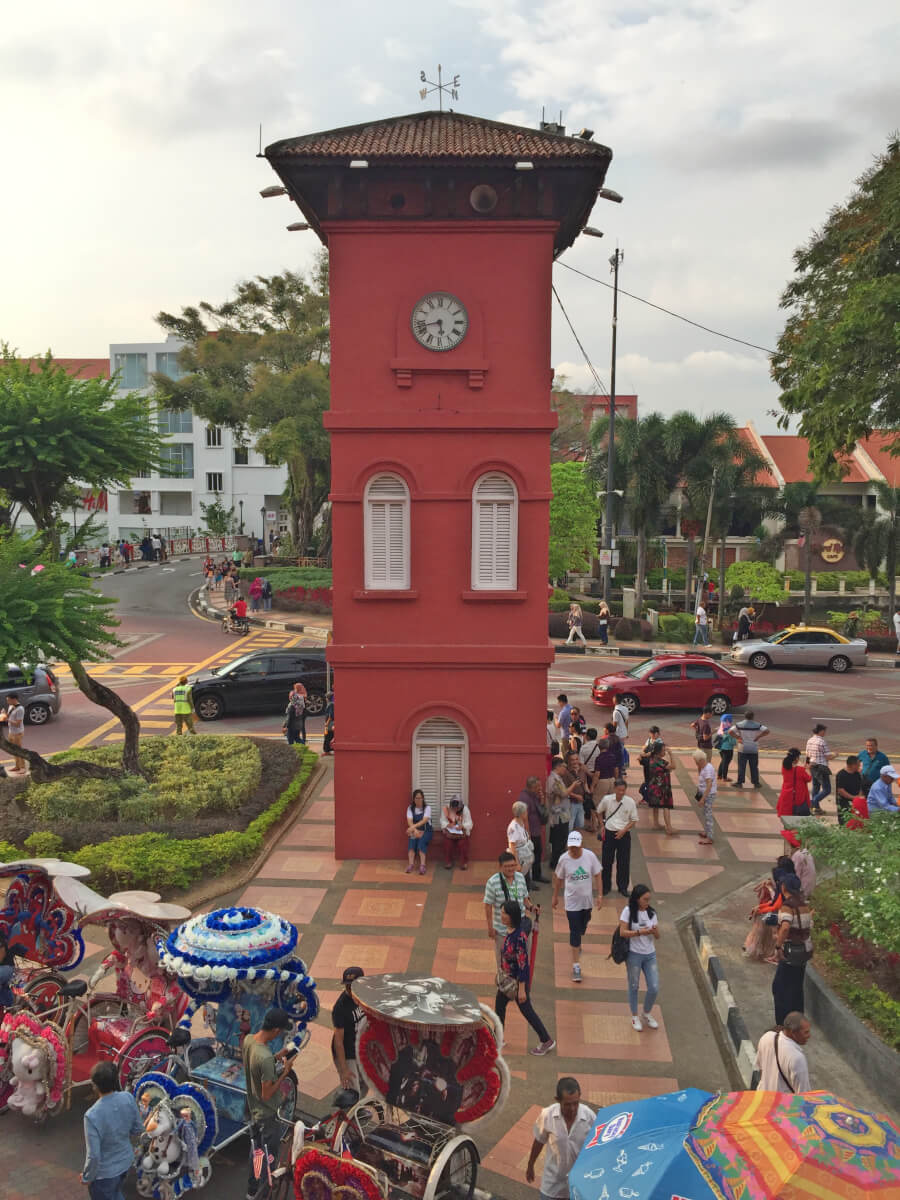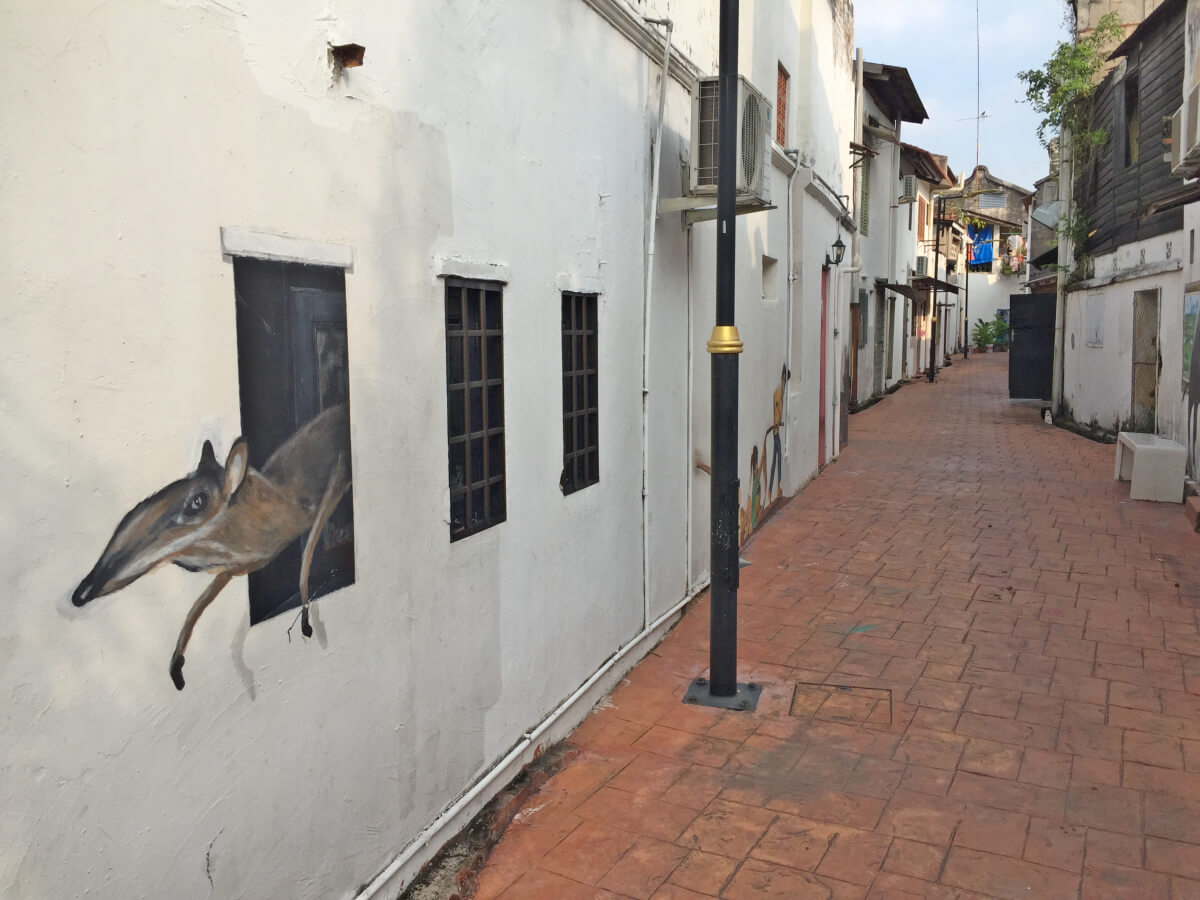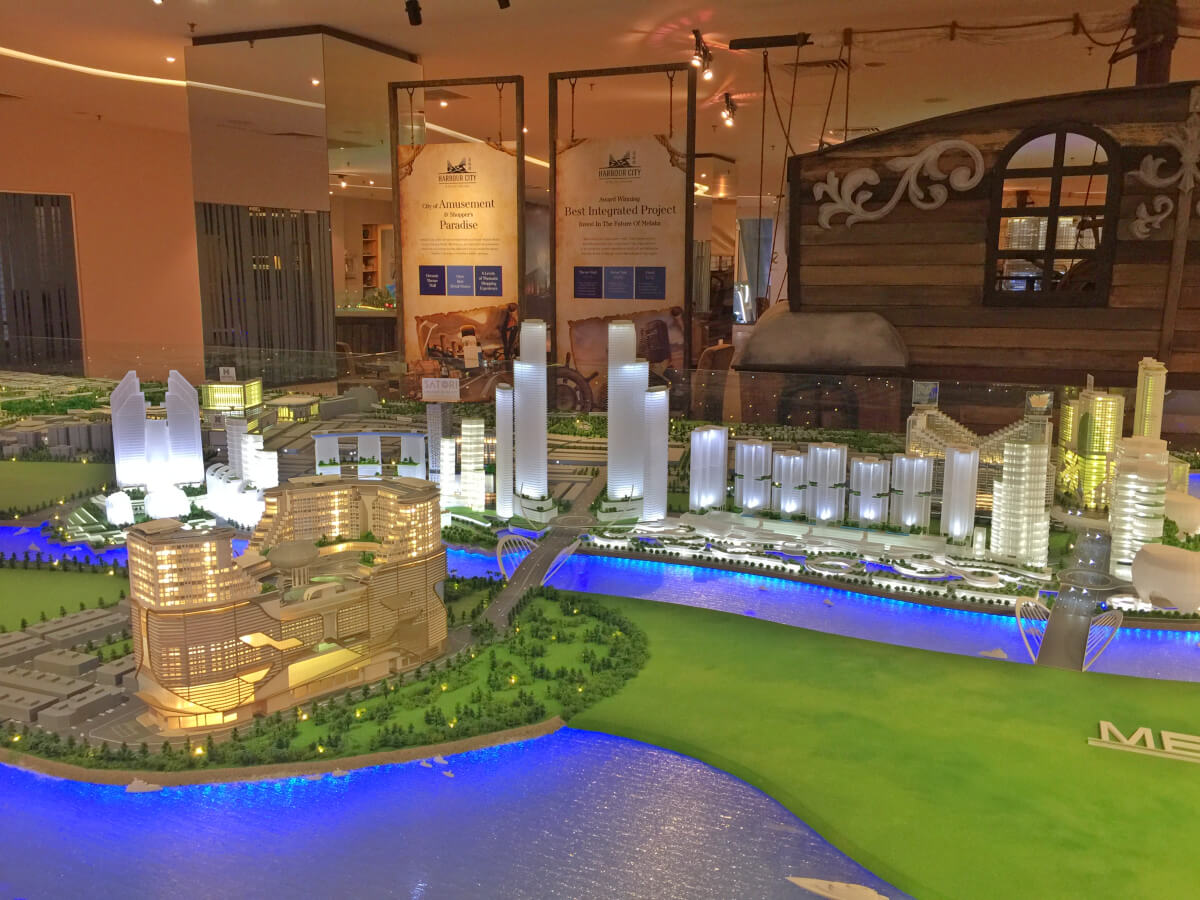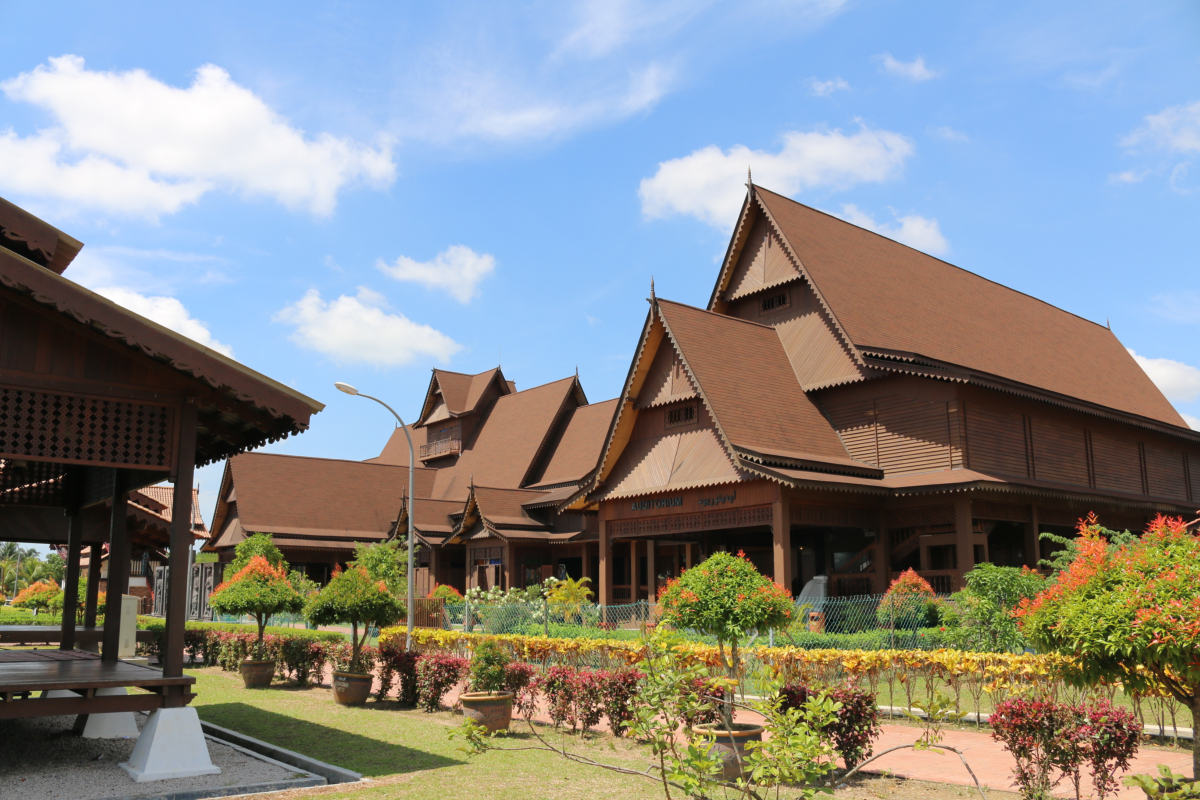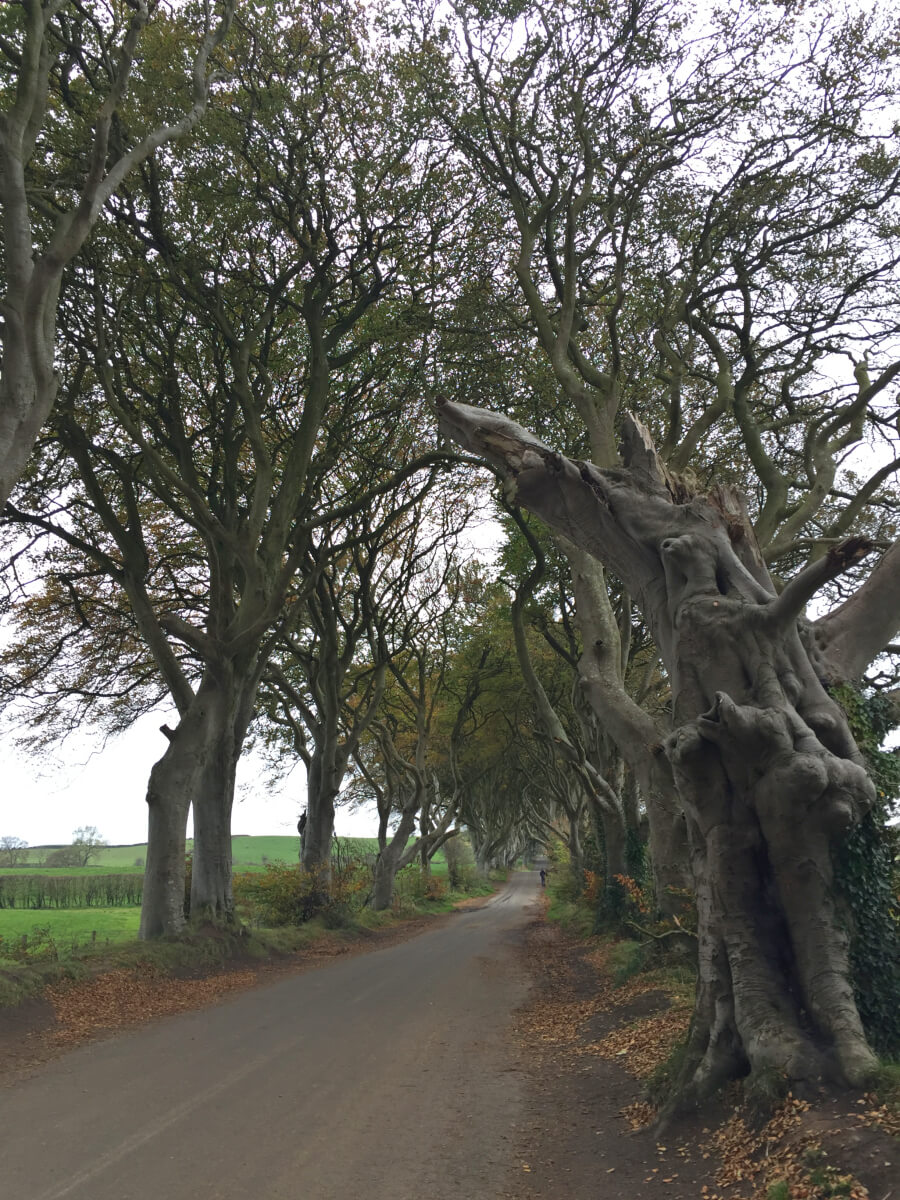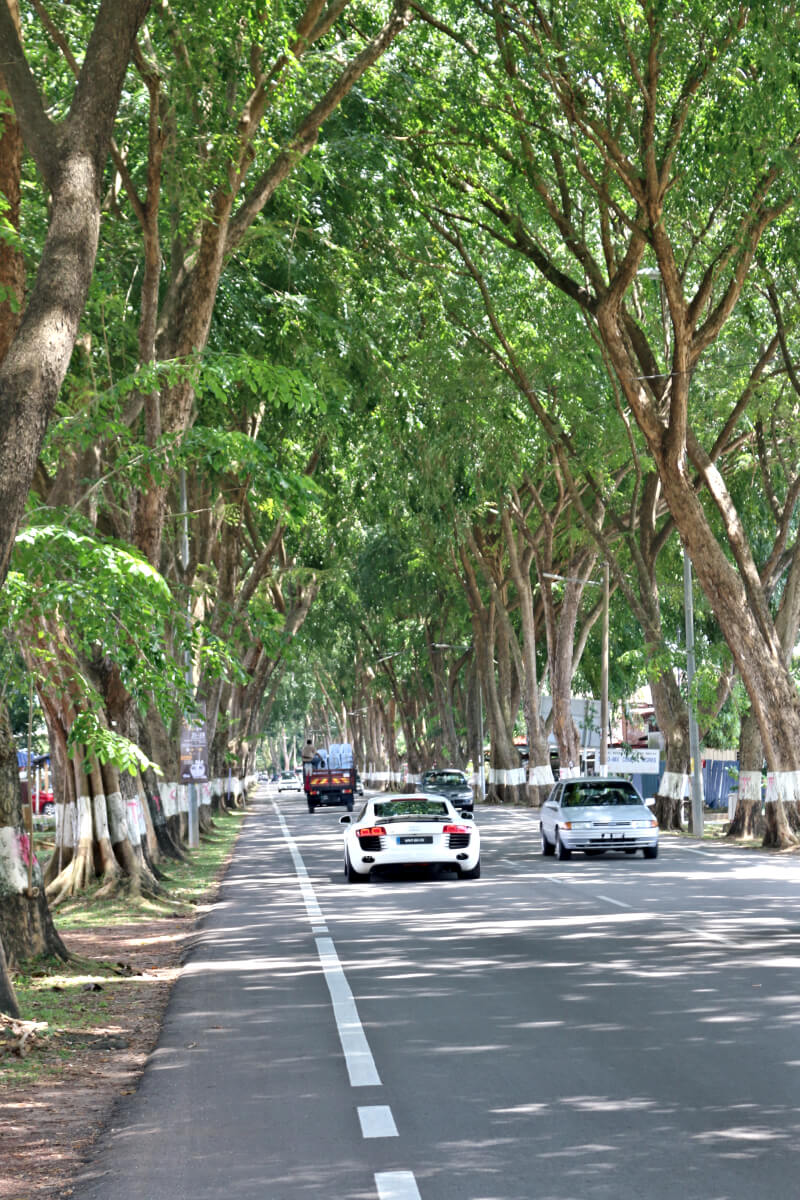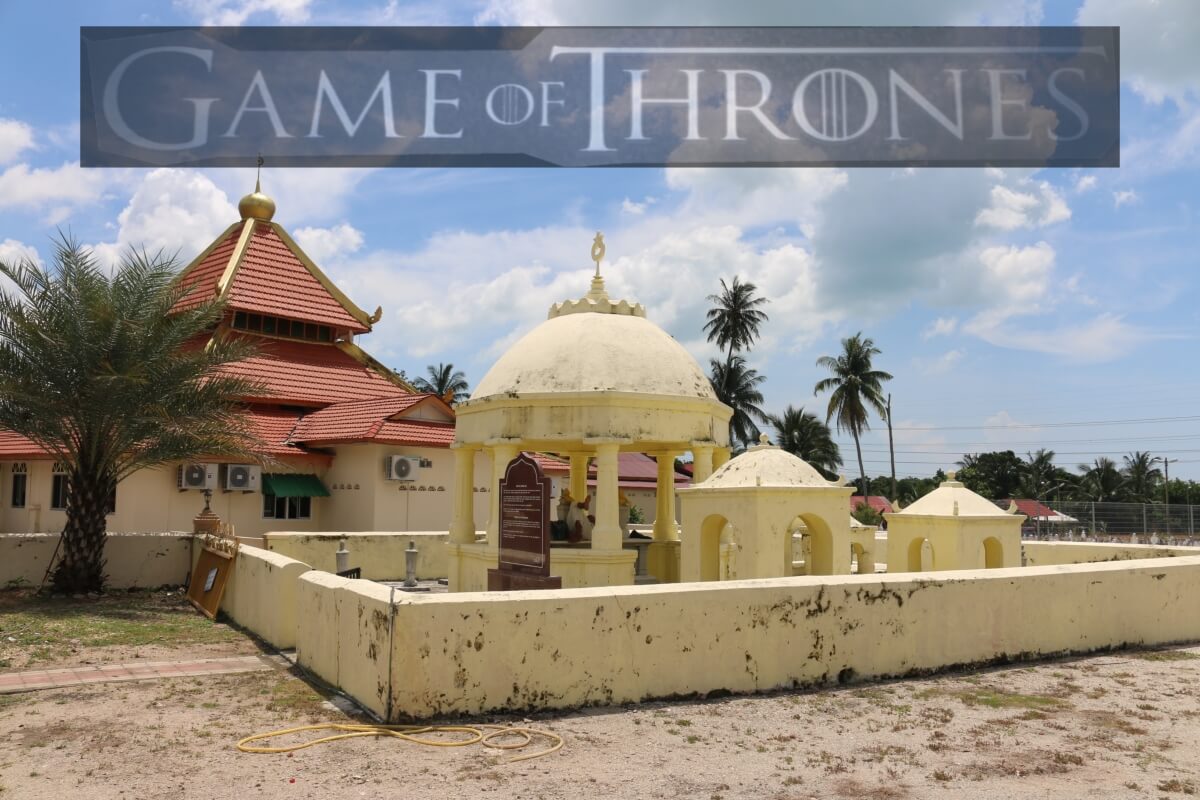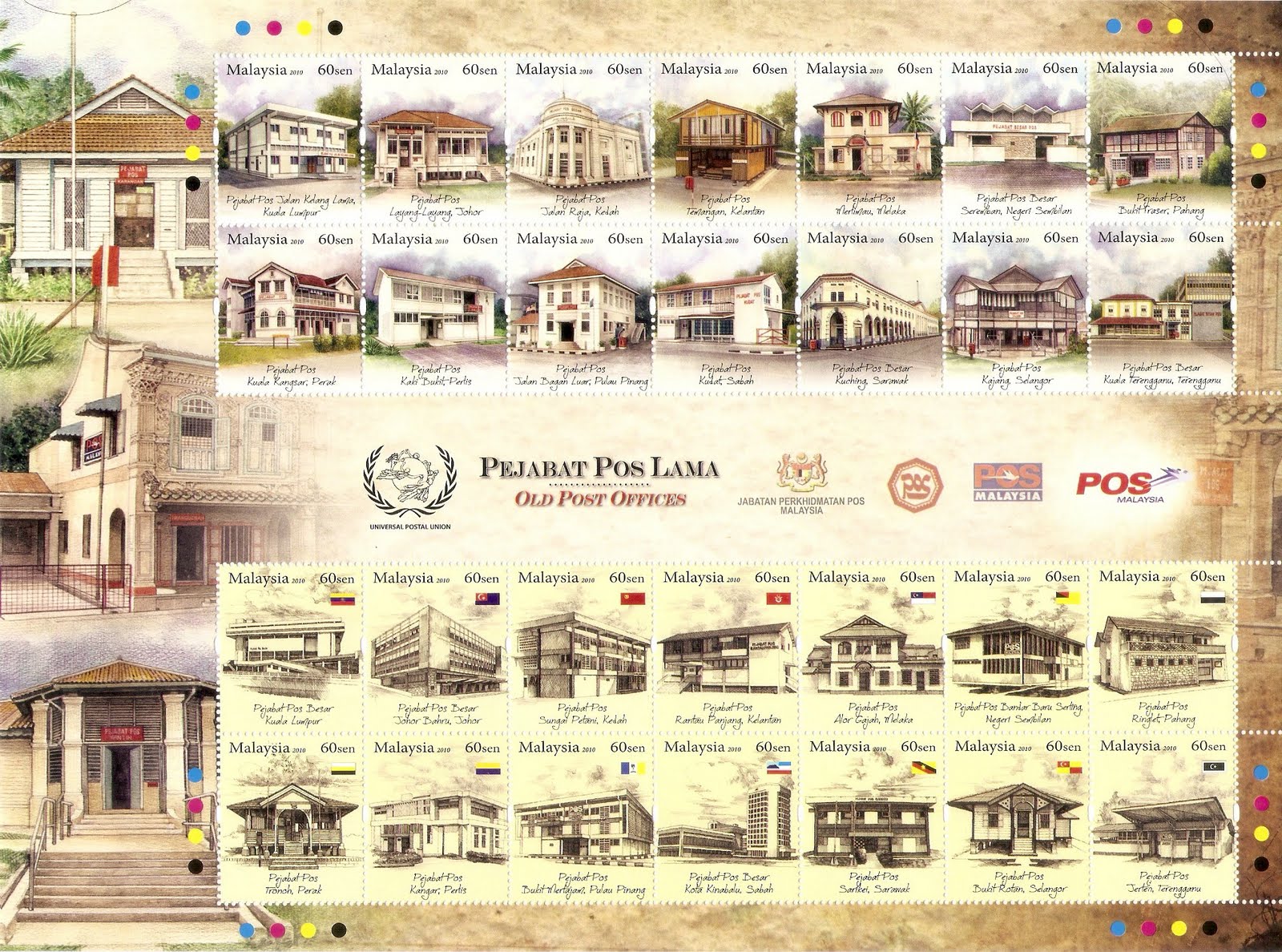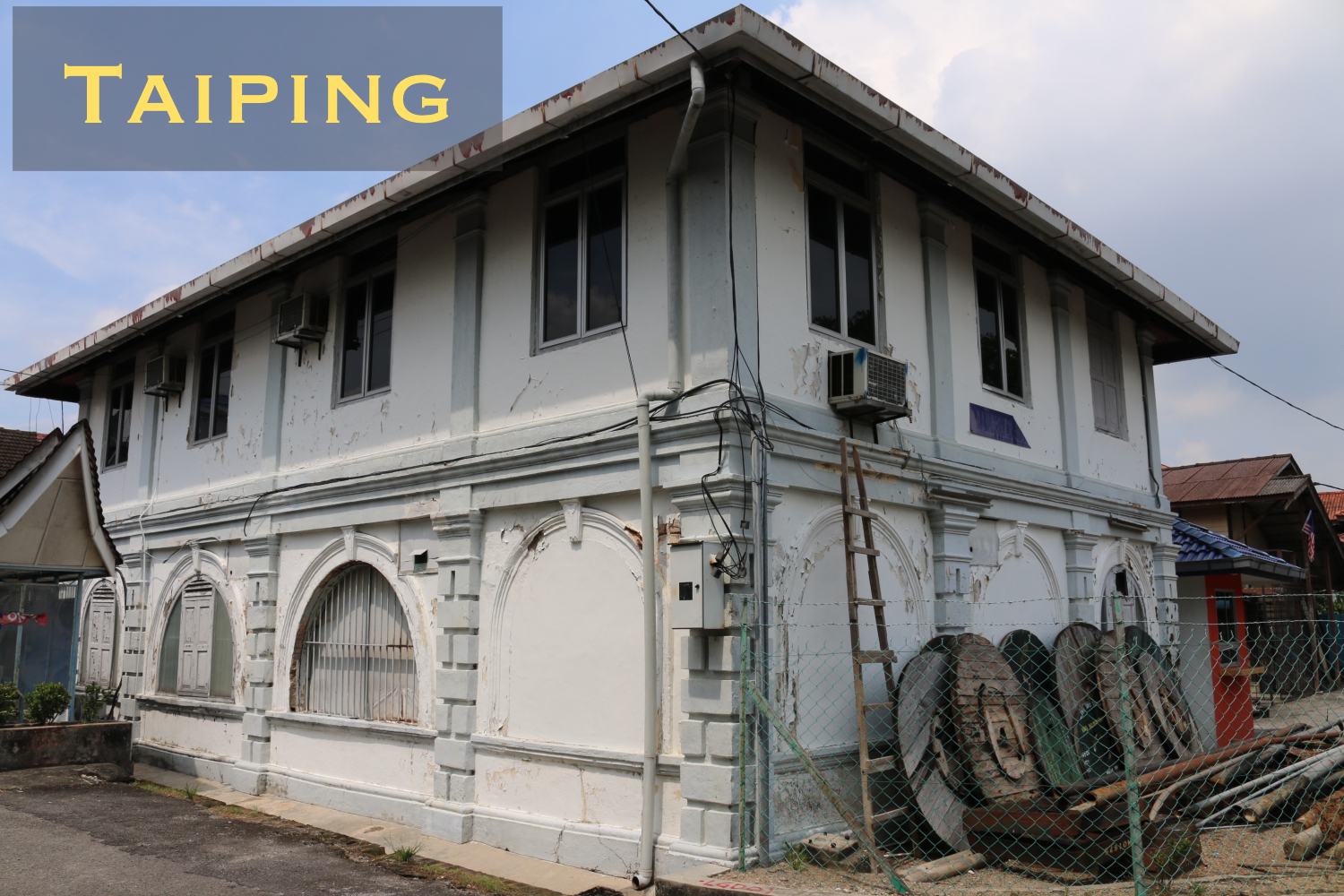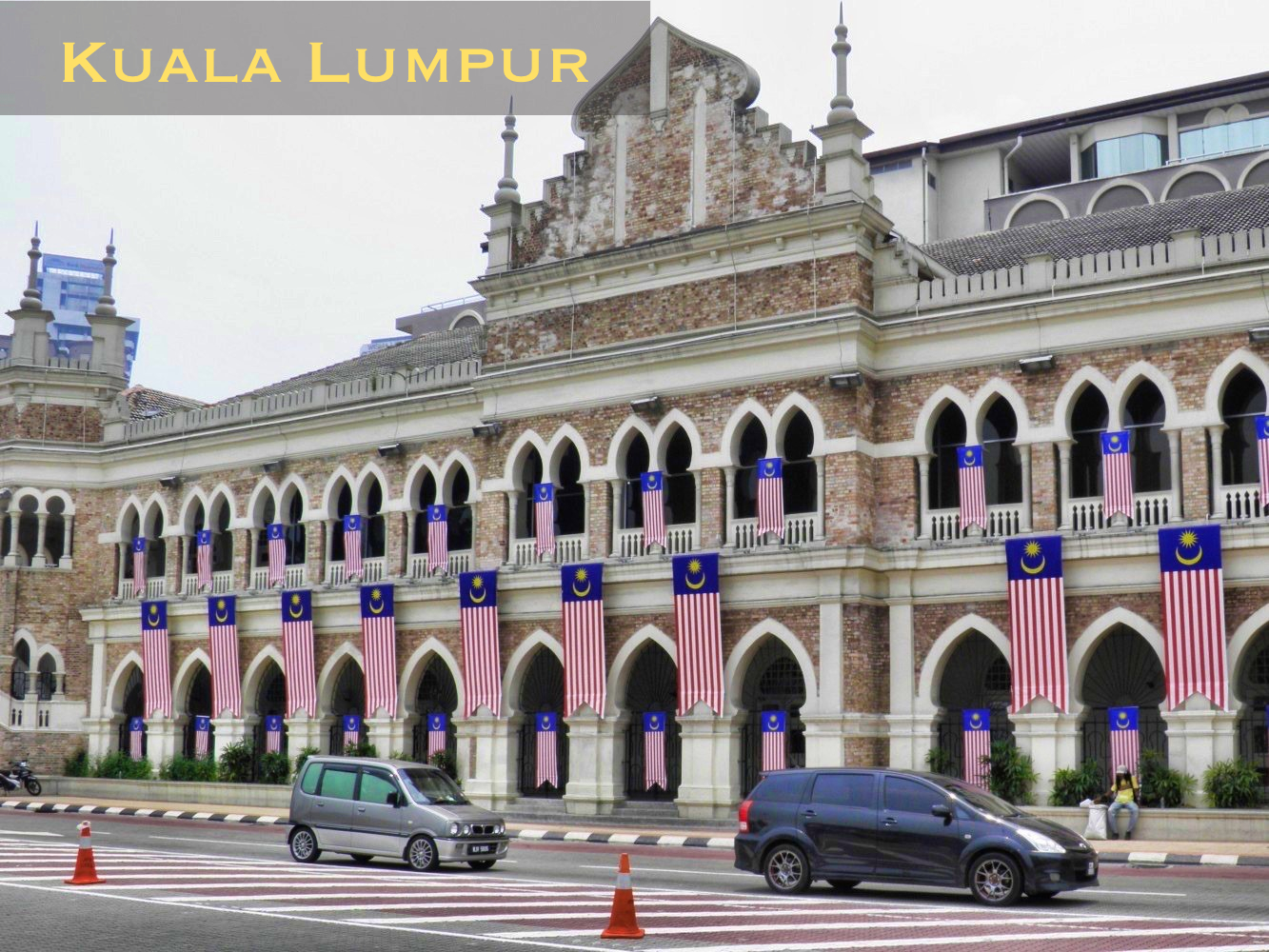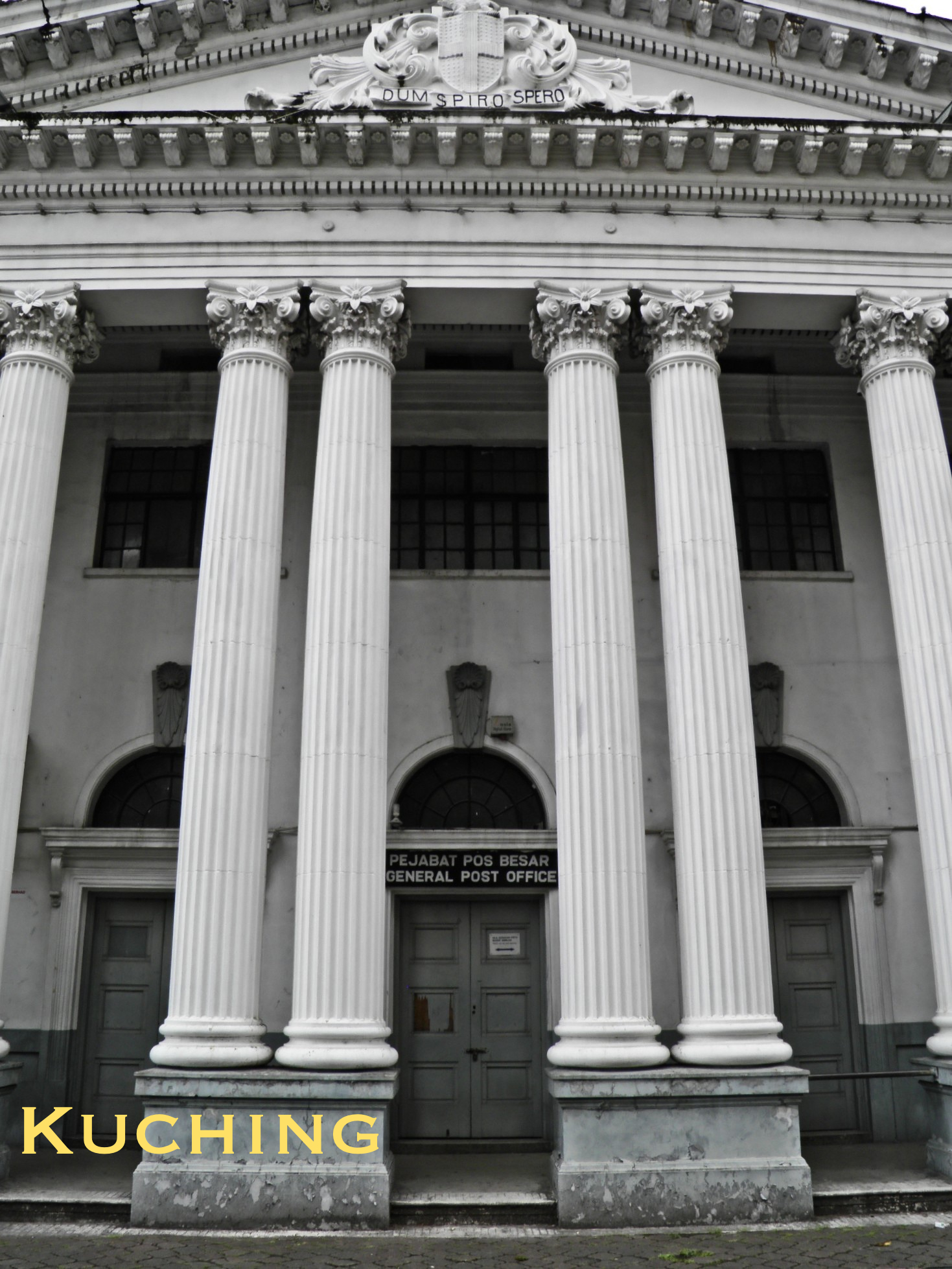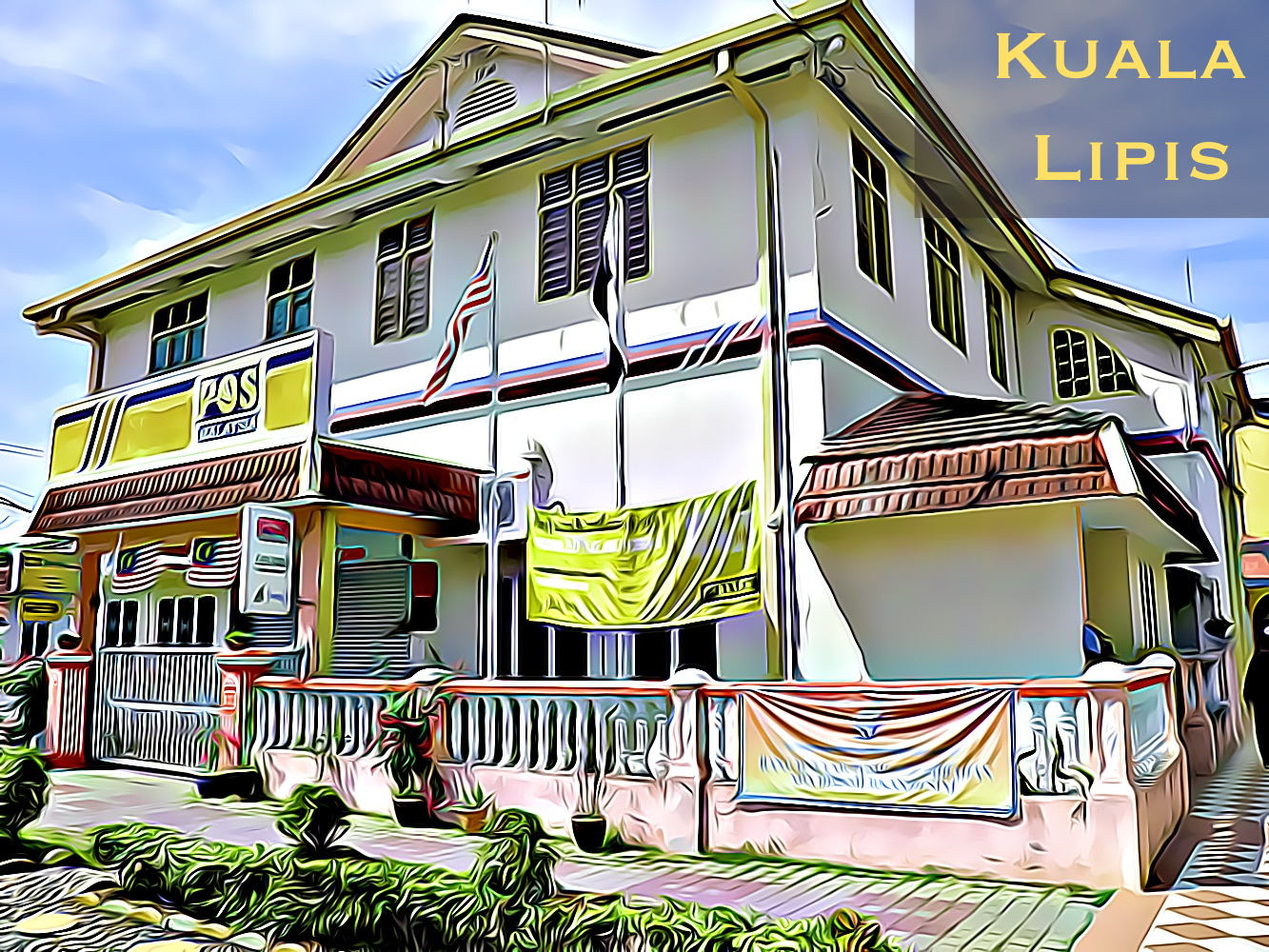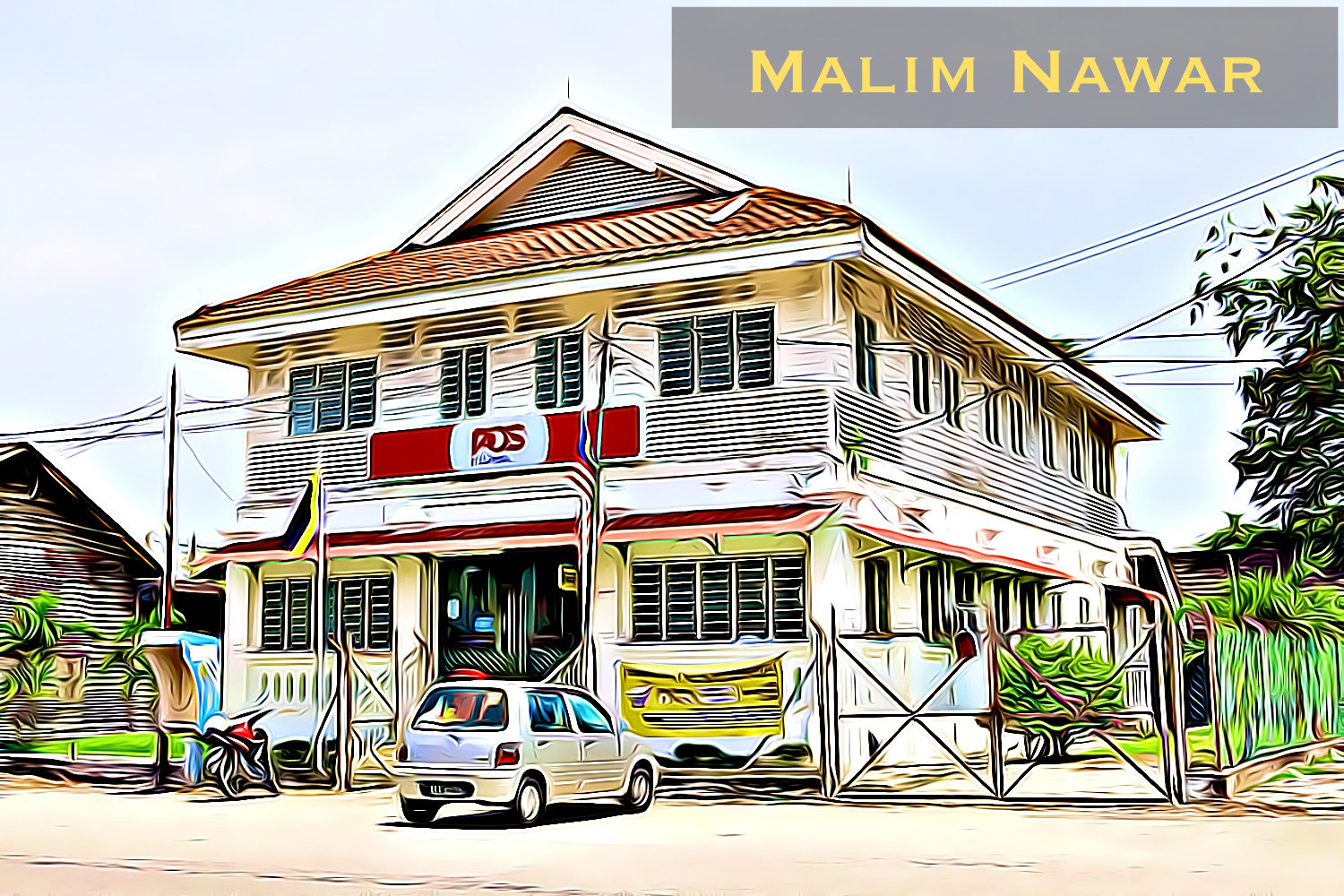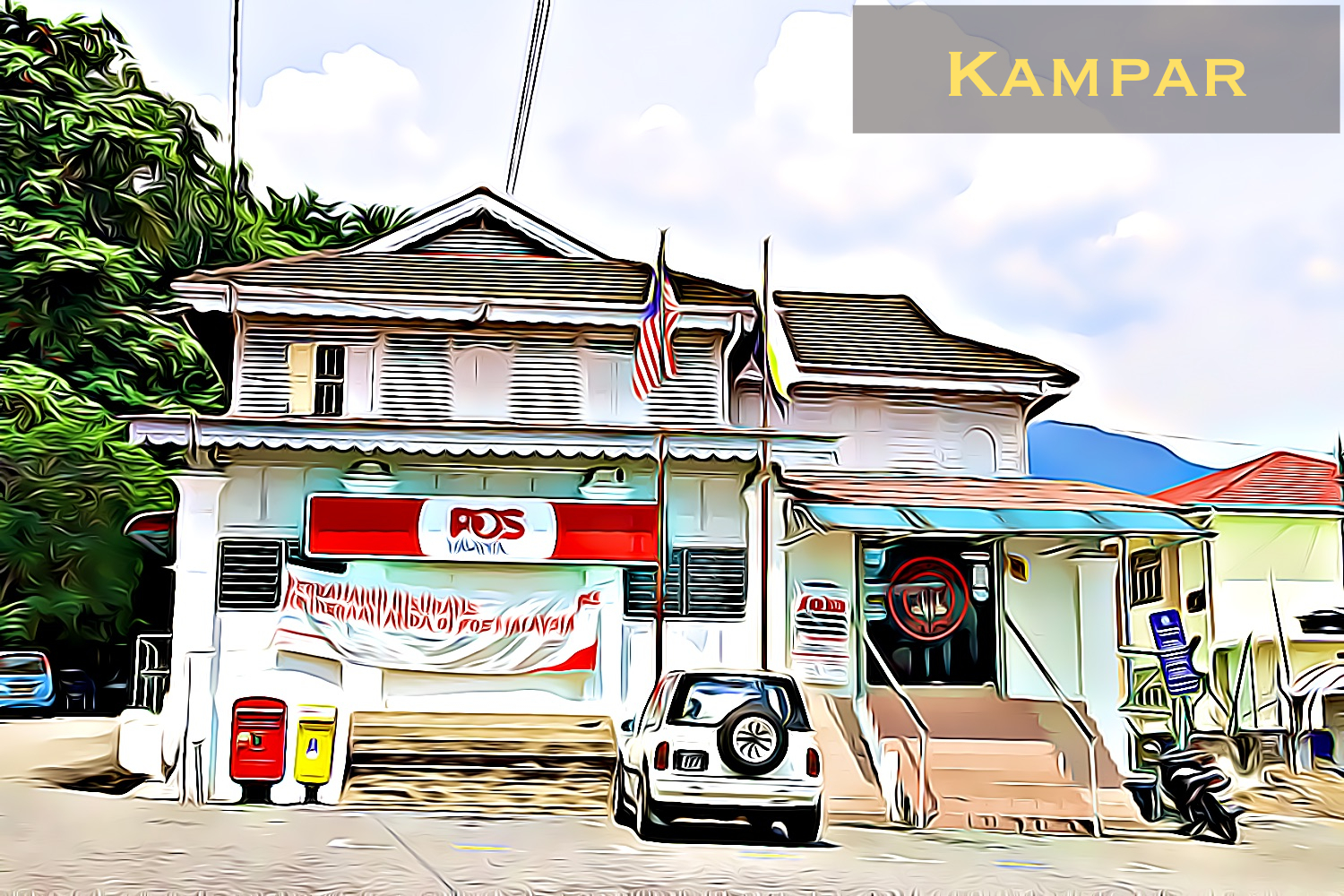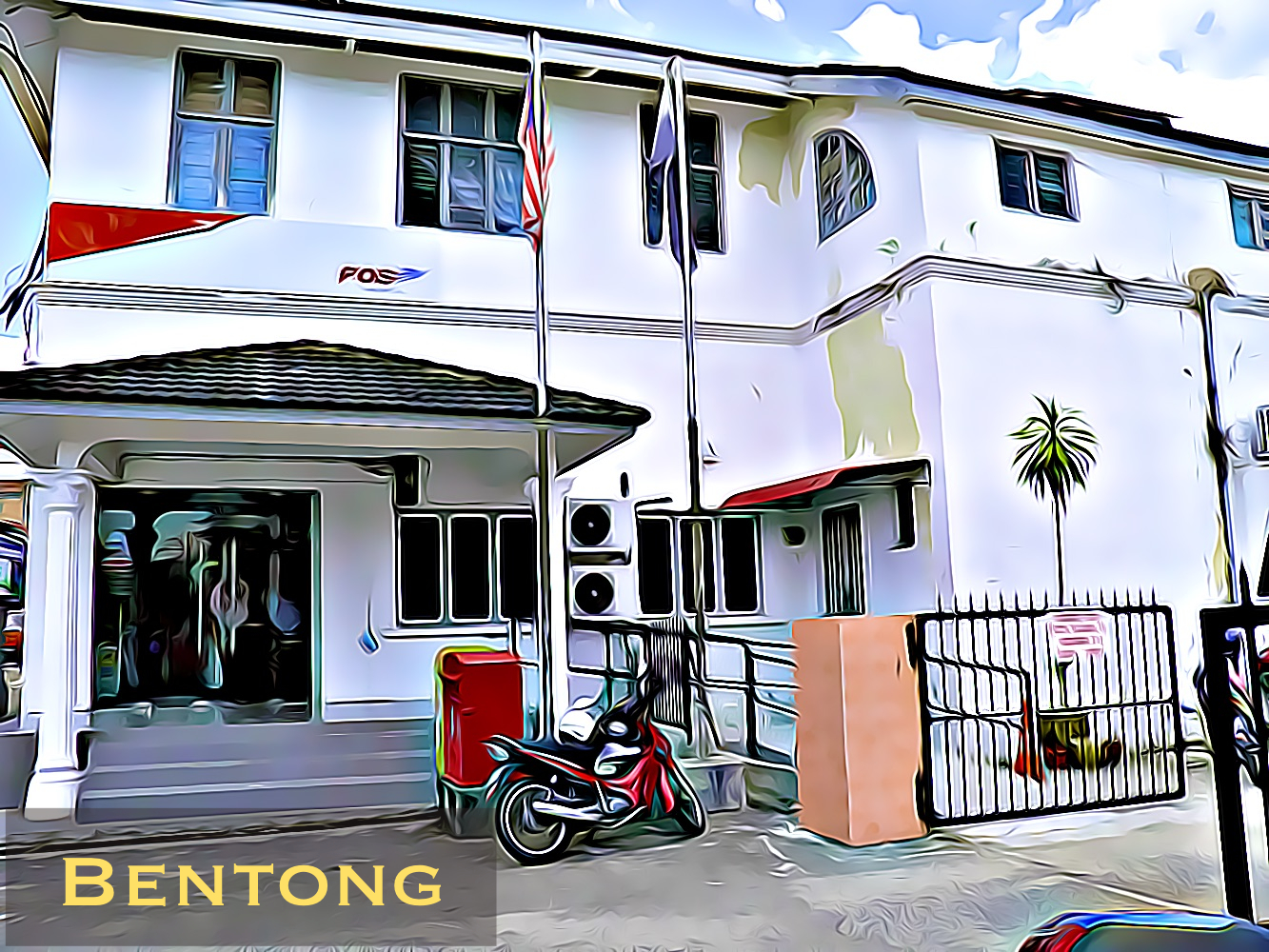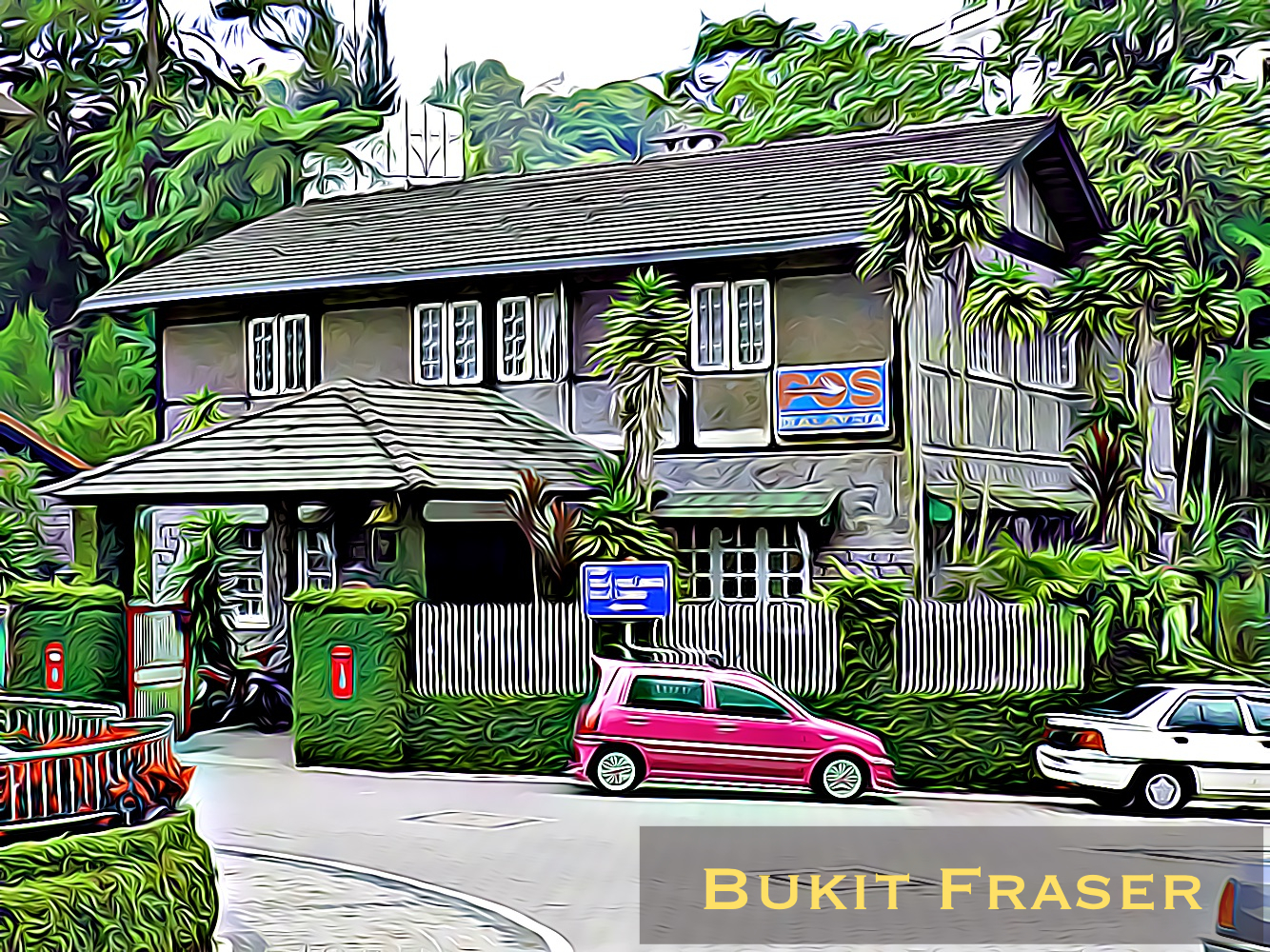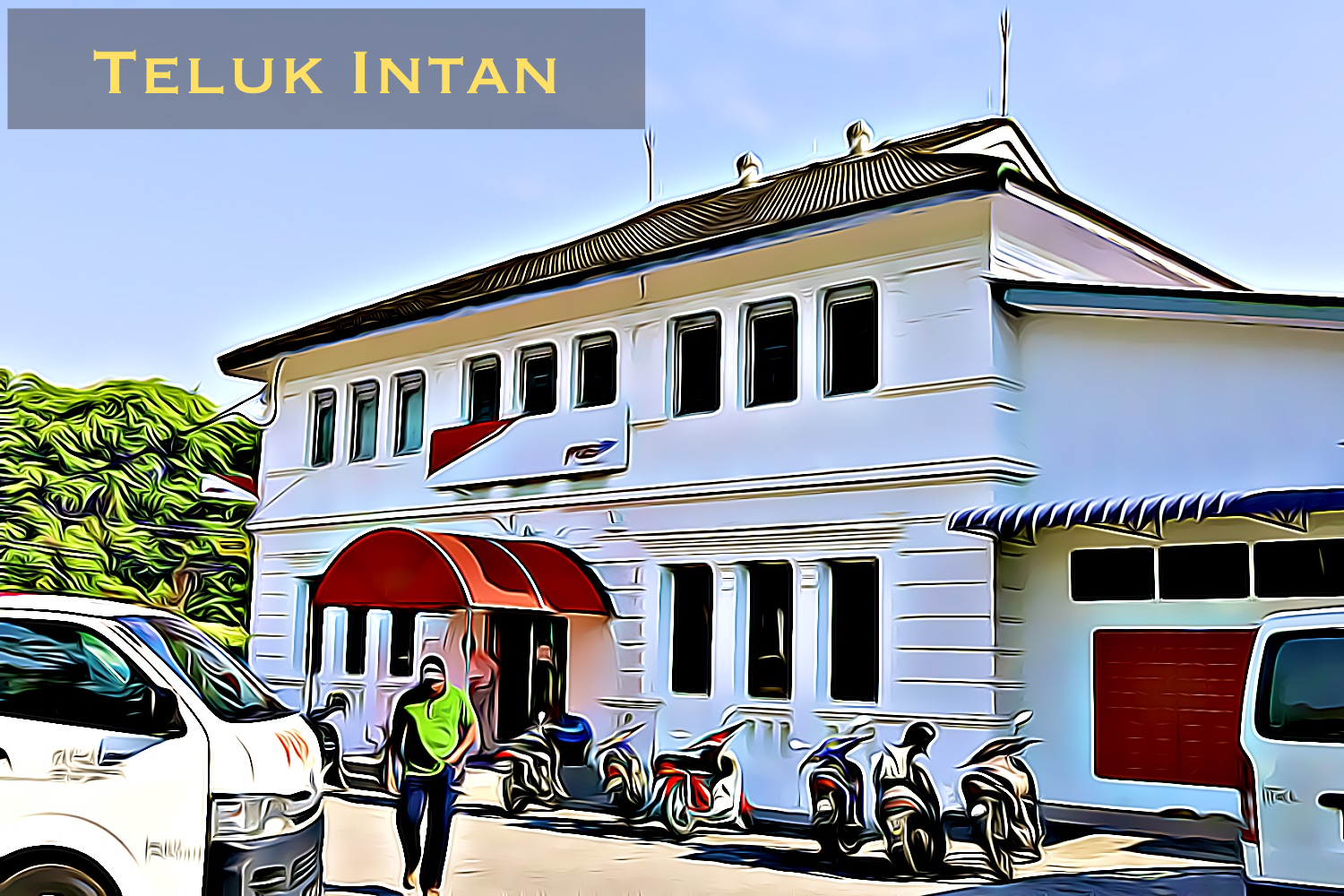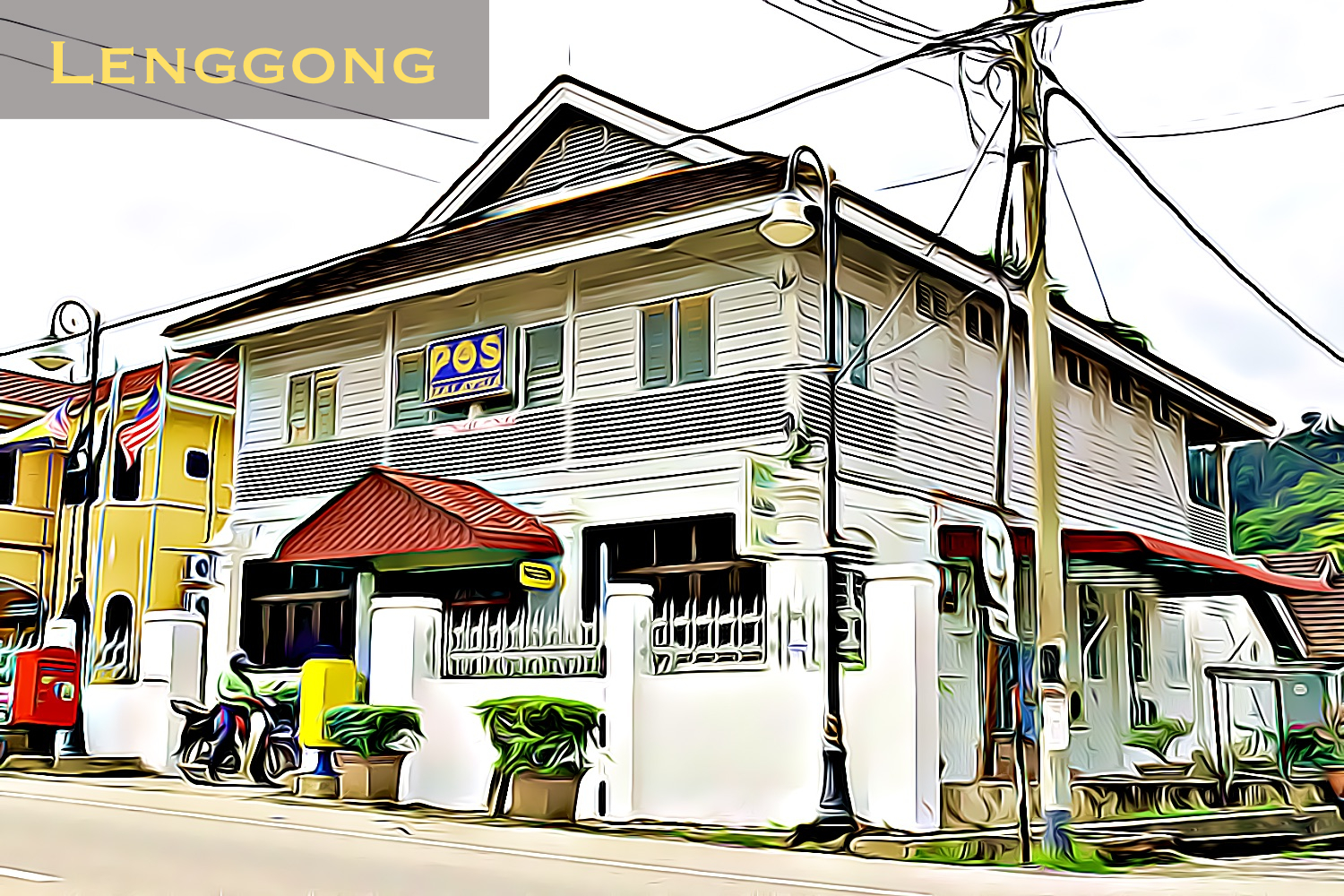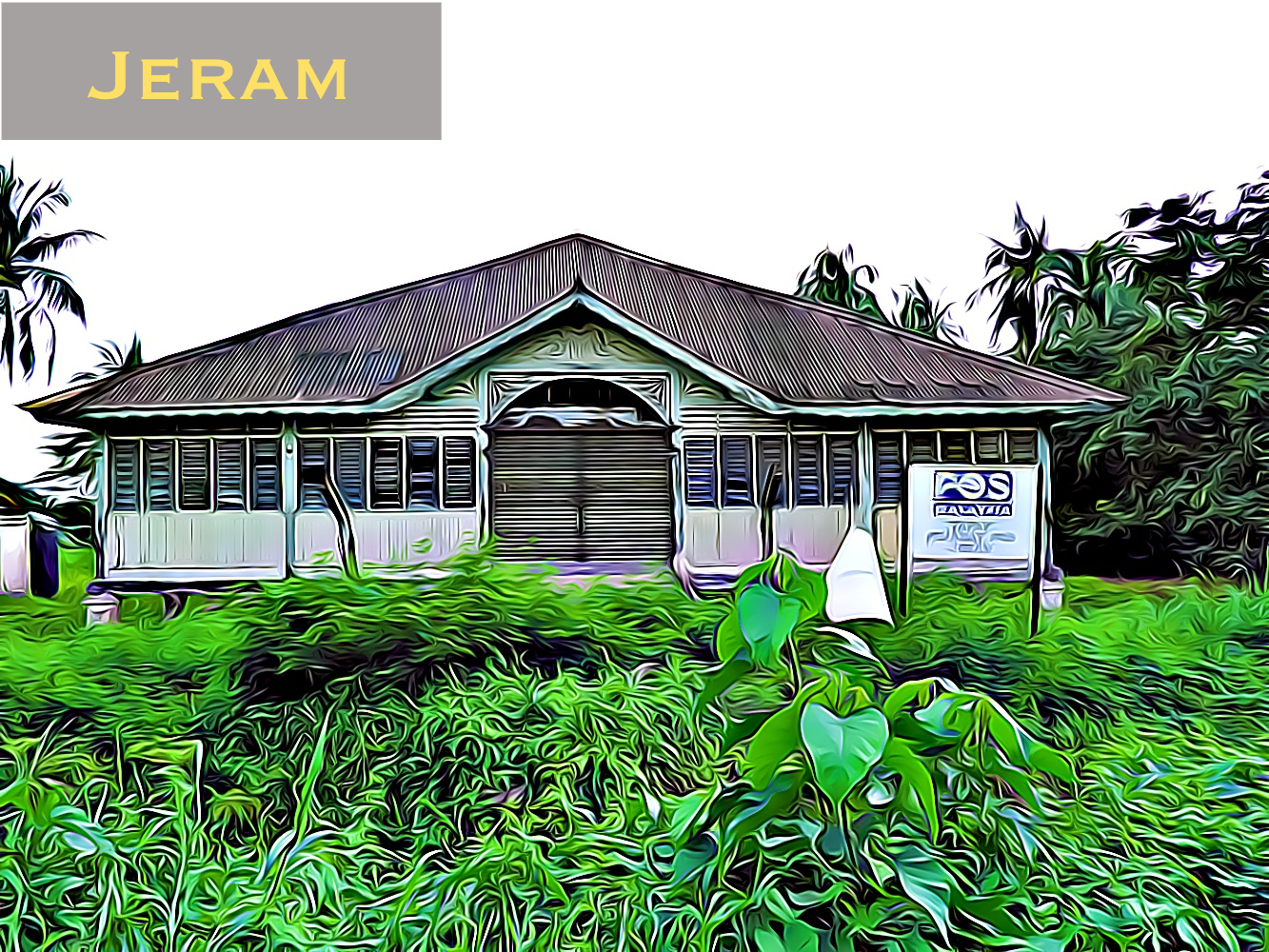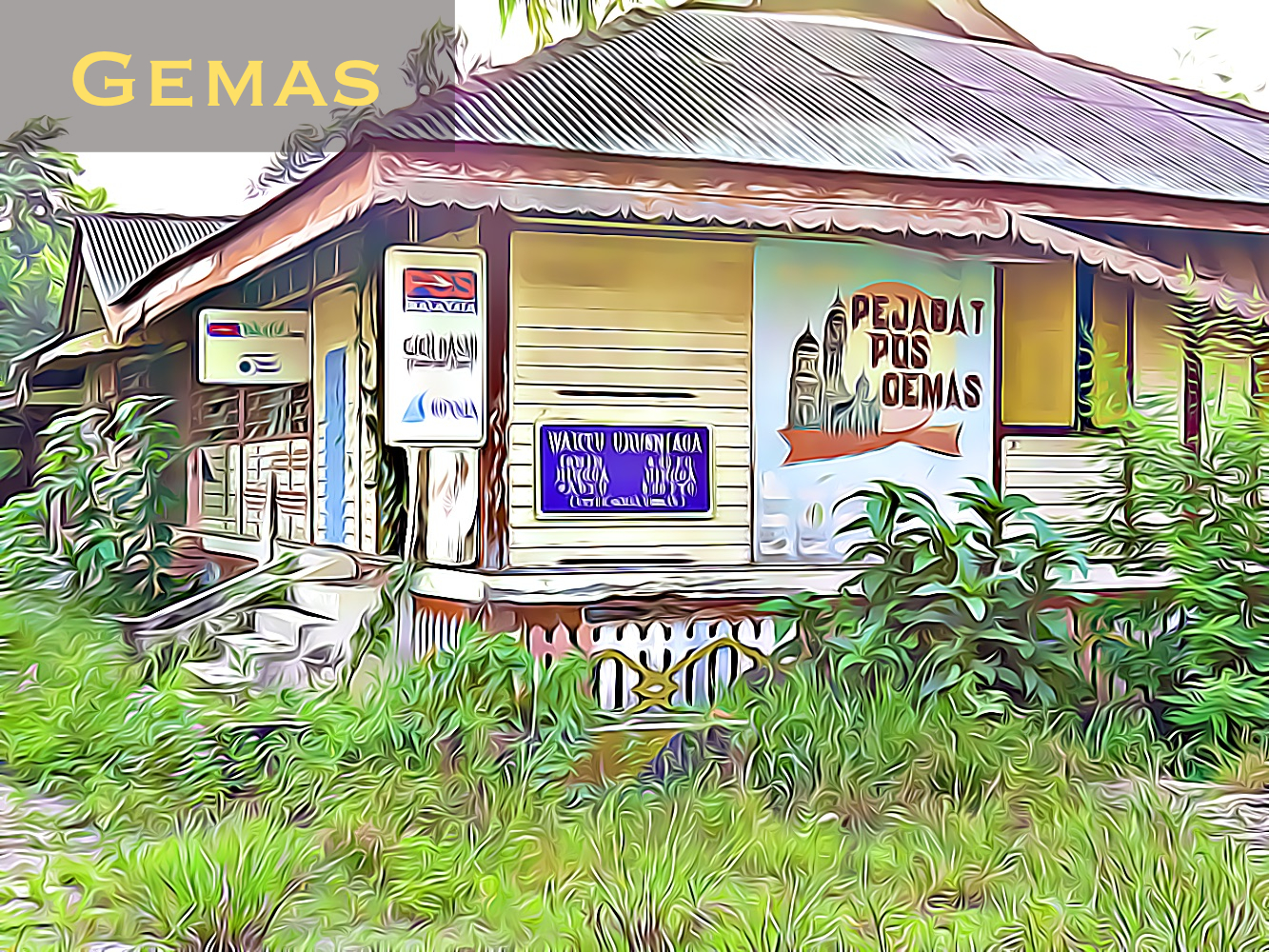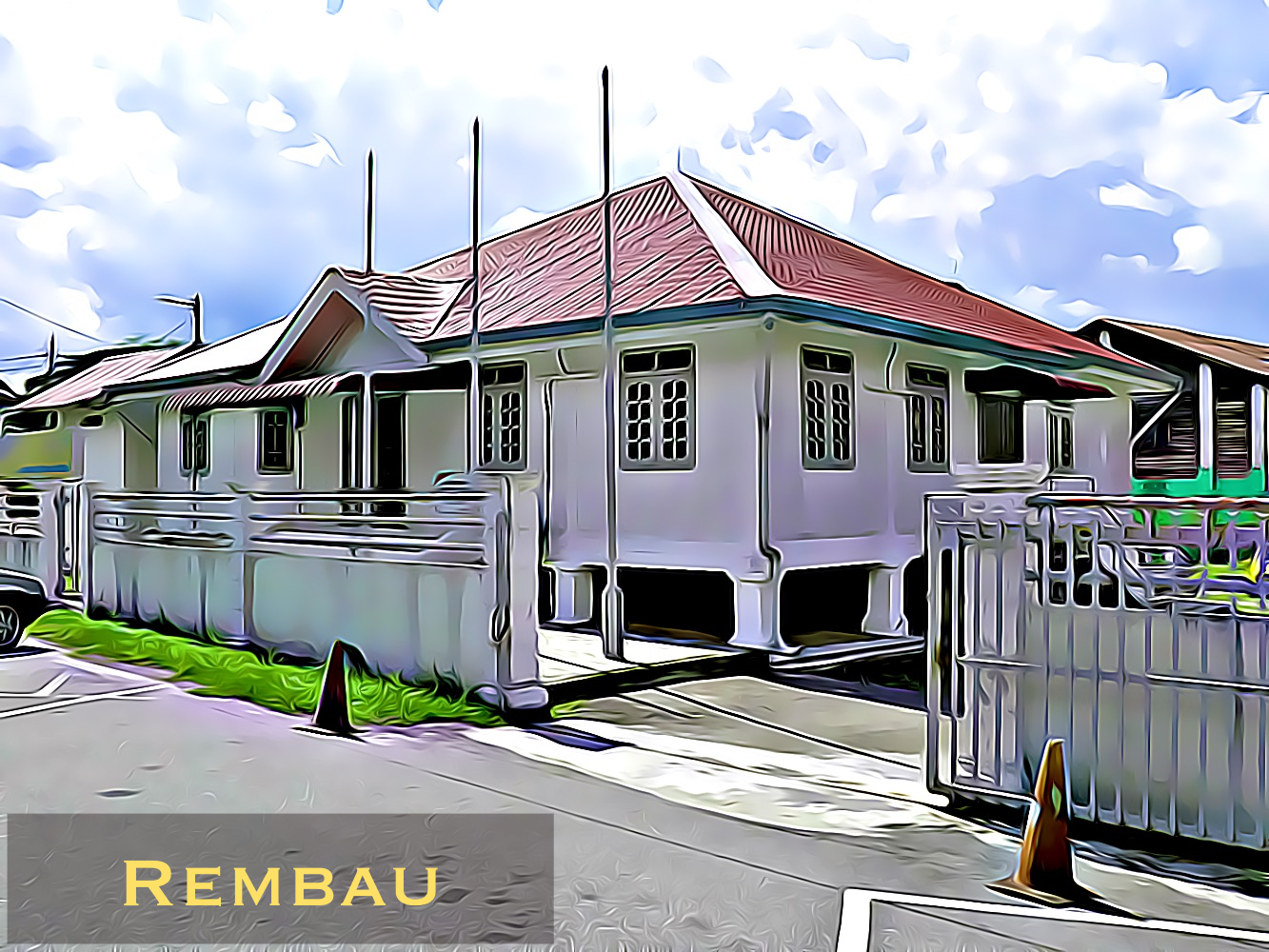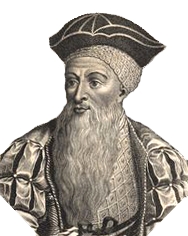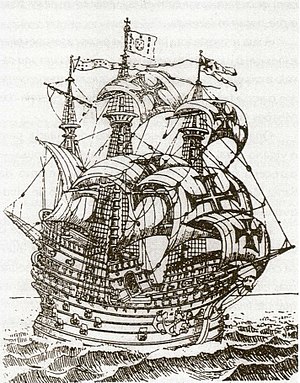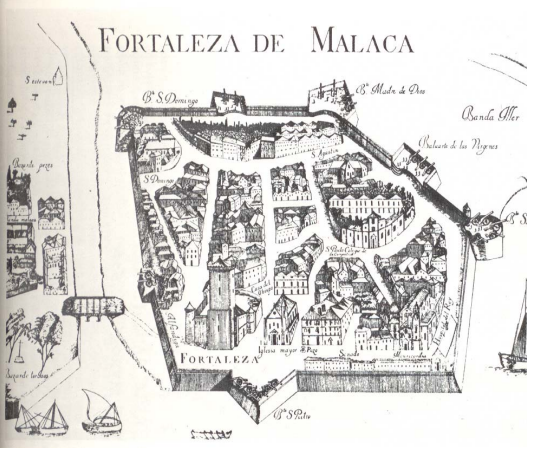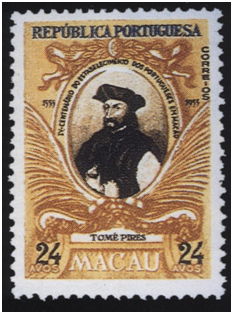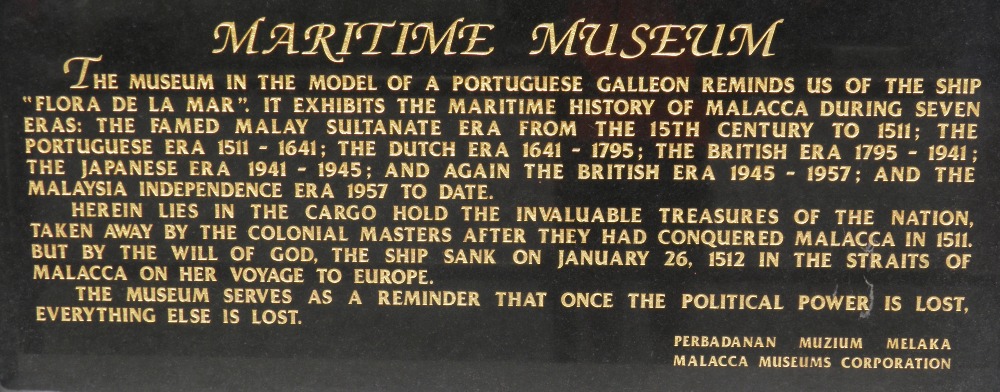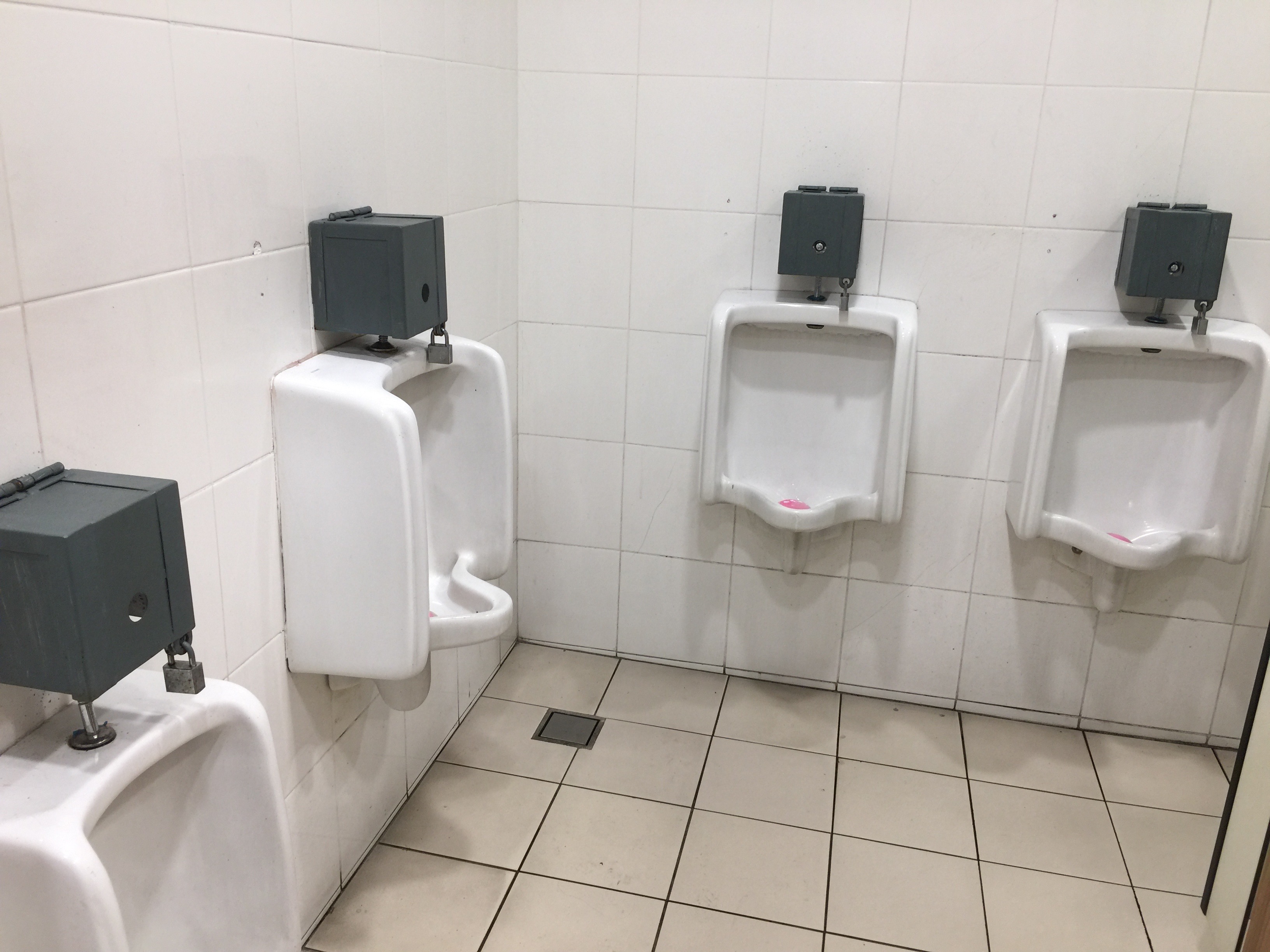
This painting (probably not the original) hangs in the Penang State Museum. It is entitled ‘Glugor House and Spice Plantation’ and was painted by Captain Robert Smith in 1818. The museum tells us that Glugor House and Estate was owned by David Brown (1778-1825) and that the plantation was ‘among the first in Penang to grow valuable spices like pepper, nutmeg and cloves as well as gambier.’
David Brown is remembered as the wealthiest landowner in Penang of his time and a generous philanthropist.
Longformacus

I read that David Brown was born in 1778 in Longformacus, a tiny village in Berwickshire in the Scottish Borders area of Scotland. Since this village is not far from where I am currently staying I thought I would go along and see if any trace of him remains there.

Longformacus is a pretty place with a river called Dye Water running through the village. It has a population of just 66 (as at the 2001 census). It was somewhat bigger back in David Brown’s time with 450 residents but life would have been harder. Rev. Mr Selby Ord, in the Statistical Account of Scotland 1791-1799, wrote ‘the farmers are prevented from great exertions by high rents, the great expense of manure, the badness of the roads, and the distance of markets. The air is dry, cold and piercing. The only diseases are rheumatisms and cutaneous disorders, which seem to be occasioned by poor food, damp houses and want of cleanliness …. The people, accustomed to the pastoral life in their early years, are rather inclined to indolence and ease.’
Clearly David Brown was not inclined to indolence but even so, it was quite a jump to progress from a fairly ordinary background to becoming one of the richest men in Penang in the space of just 25 years. How did he do it? He must have been from one of the more prosperous families in the village who could afford to pay for his schooling and law studies at Edinburgh University. Freshly graduated, he was sent out to Penang at the tender age of 22 to collect his family’s share of an inheritance left by his uncle, Laurence Stuart. Stuart had been in business with James Scott, who was a contemporary of Francis Light, and together they were considered as co-founders of Penang. James Scott was also from the Scottish Borders, born in Makerstoun, not far from Longformacus (and incidentally was a second cousin of the famous novelist Sir Walter Scott).
At the time Penang Island was under the control of the Honourable East India Company and young David Brown would have travelled out on one of their ships. James Scott was 32 years older than David Brown and probably took him under his wing and, impressed by his natural business acumen, employed him as an assistant. Brown may also have been related to Scott since many of Brown’s relatives used the name Scott as a middle or double-barrelled name. One theory, pure speculation on my part, is that Brown may have married one of Scott’s daughters. Brown was said to have had at least four local wives Barbara Lucy Melang, Nonia Ennui, Inghoo and Akeen and each of his sons had a different mother. Could one of those wives have been a daughter of James Scott? Researchers have suggested that Scott fathered more than a dozen children with four or five local women. If he married off one of his favourite daughters to Brown that might explain why Brown rapidly became a partner of Scott’s company and succeeded him after Scott’s death in 1808.
Brown went on to amass a fortune from trading, money lending and plantations and became the largest landowner in Penang and a pioneer cultivator of nutmeg, cloves and other spices. Since a nutmeg tree takes twenty years to reach full production it was his eldest son George who continued his efforts and he and his brothers reaped the financial benefits.

As a boy, David Brown would doubtless have attended this kirk, the Longformacus Church of Scotland which largely dates from 1730.
The church was closed down in 2013 and was set to be demolished. Thanks to local fund raising and private donations it was saved and converted to a heritage centre.
The grandest house by far in the village is Longformacus House, an early 18th century Category A listed mansion amid large wooded grounds. According to Historic Environment Scotland ‘both historically and architecturally, Longformacus House remains one of the most significant buildings in the parish and indeed, within Scotland as a whole.’ We know that the the Brown family owned Longformacus House and Estate for many generations but they were not the original owners. It seems likely that David Brown was not born in this house and his descendants probably purchased it after they had made their fortune in Penang. Sources on the internet tell us that the Brown family descendants now live mostly in Melbourne Australia.

The Brown family have their own exclusive burial ground in the corner of the Longformacus church graveyard. David Brown himself is not buried there (his grave is in Penang’s old Protestant Cemetery) but some of his descendants are buried at Longformacus. The central arch on this wall commemorates David Wardlaw Brown who was the second son of David Brown. The inscription reads: Sacred to the memory of David Wardlaw Brown of Longformacus and Glugar who died 26th September 1864 aged 52. Margaret Turnbull Tait widow of the above who died 9th May 1891 aged 73.
The other engraved arches commemorate J.J.E. Brown (David Brown’s 5th son) who died 22 March 1895 and his wife Wilhelmina Jane Tait, Major Alexander Brown of Trinity Lodge, Duns who died 10th April 1858 and his wife Margaret Murray, Elizabeth Waller, wife of The Honourable Forbes Scott Brown, the 3rd son of David Brown who died in Penang on 28 May 1874 and is buried there, and two of their sons.
Altogether there are 21 graves with the surname Brown in this cemetery according to the Borders Family History Society.
Penang
David Brown donated land at Jalan Dato Kramat to the local municipality for use as a sports field. The place is today known as Padang Brown or Padang Dato Kramat and a substantial monument to Brown stands in one corner of the padang, surrounded by cooked food stalls known as the Padang Brown Food Complex.The inscription on the memorial reads:
This monument was erected by public subscription by the European and native inhabitants of Pinang: To the memory of the late David Brown Esquire in testimony of their esteem and approbation of his character and for his unwearied zeal and usefulness as a member of the community during the long period of 25 years which he was a resident on the island. His death took place on the 12th September 1825 in the 49th year of his age on board the H.C.S. Windsor Castle on her passage to Malacca.
As for Glugor House, the stately mansion in the painting built by David Brown in 1812, his son George Wilson Brown lived there following David Brown’s death. The house is no longer there. The estate became Glugor Barracks, then was renamed Minden Barracks and now forms part of the Universiti Sains Malaysia campus in Gelugor.
Nutmeg is still popular in Penang today, particular as a drink, but the days when the spice was worth more than its weight in gold have long gone. In the 1500s it was said to have cured the common cold and could even prevent plague. Perhaps if it could be reinvented as a cure for Covid-19 it could once again become valuable and sought after.
You can find pictures of David Brown and his son David Wardlaw Brown and more family information on this blog.



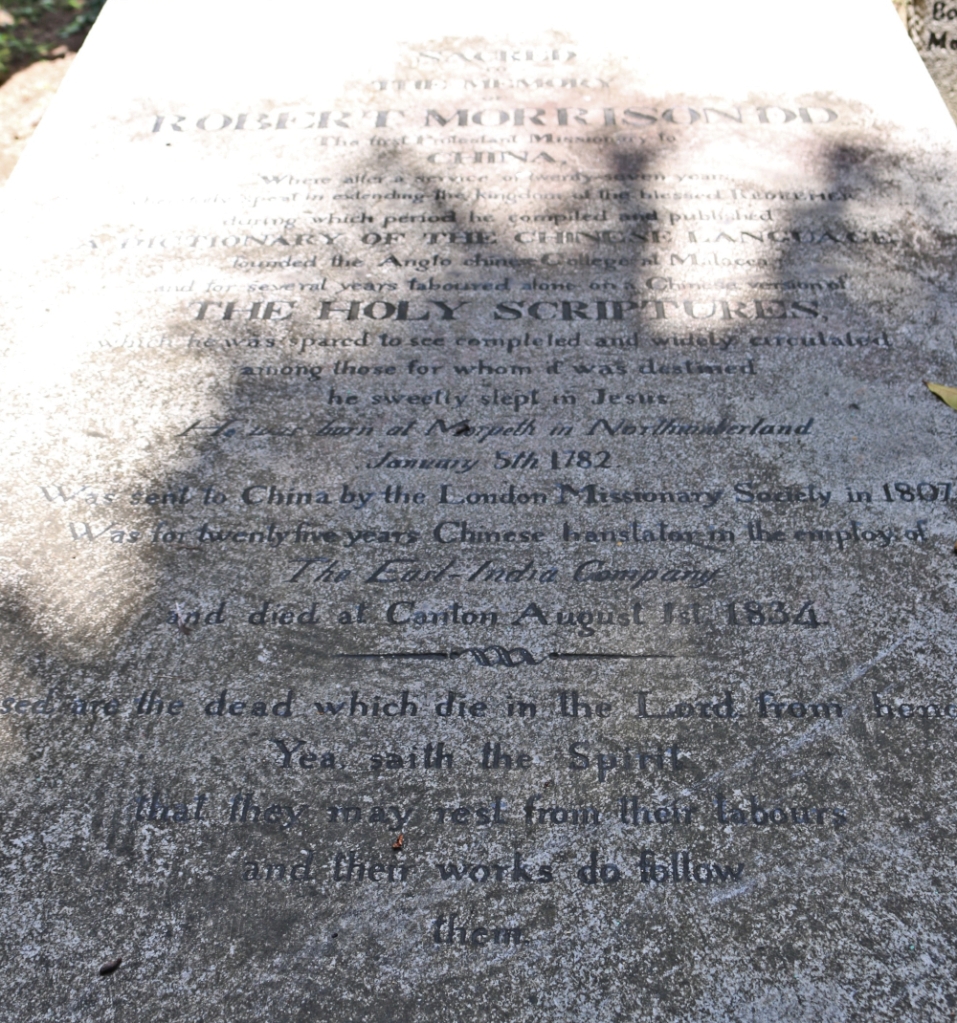


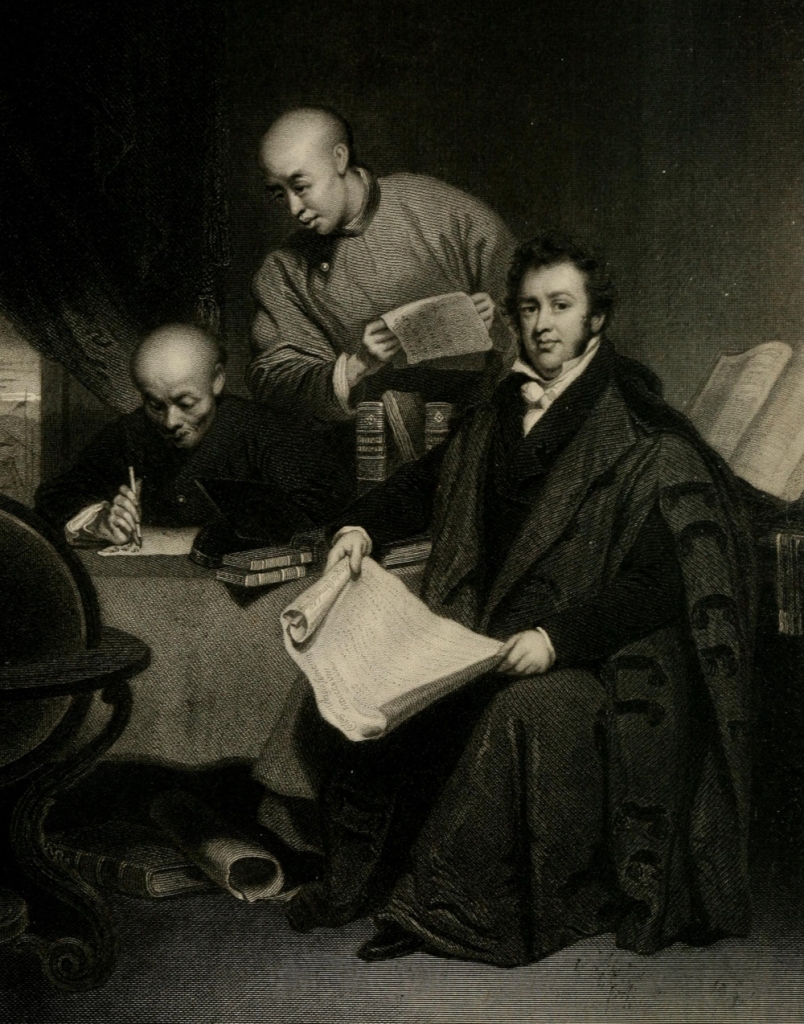
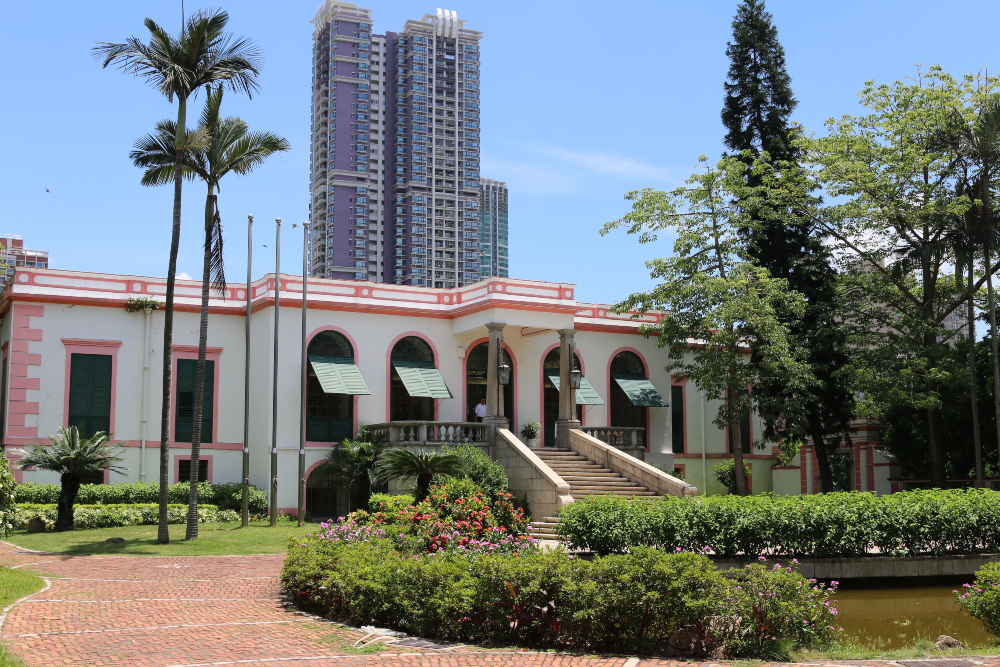
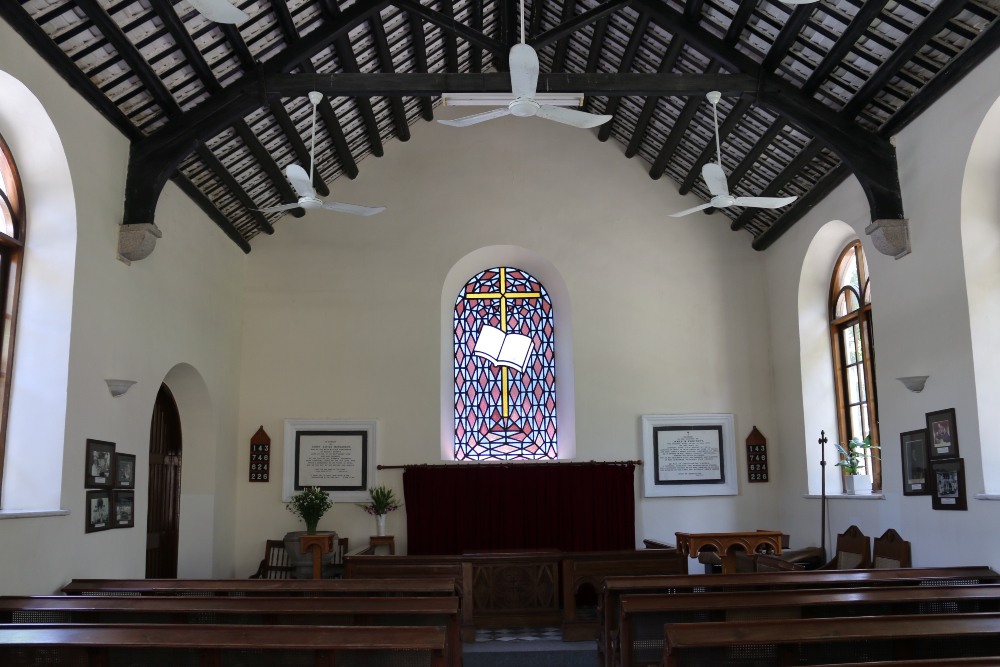
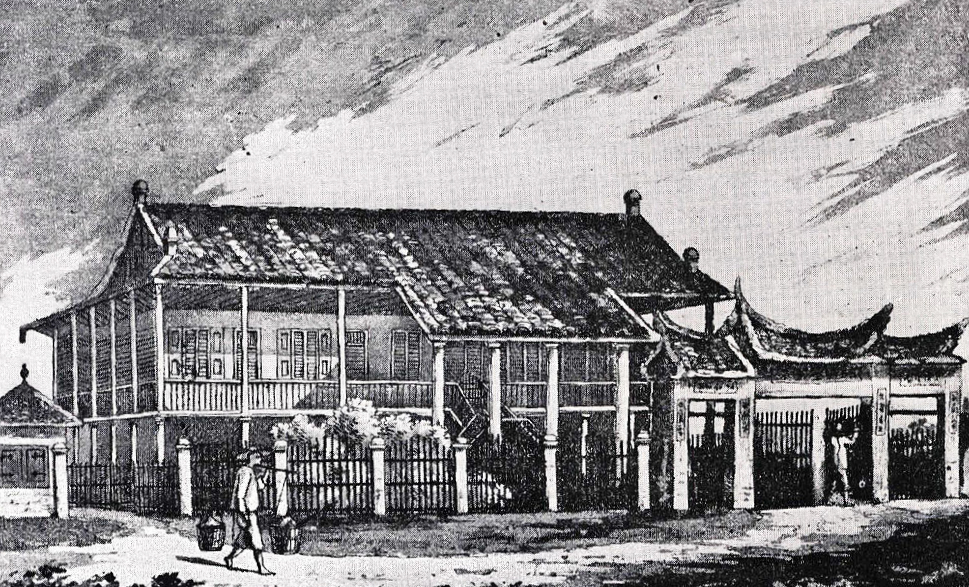


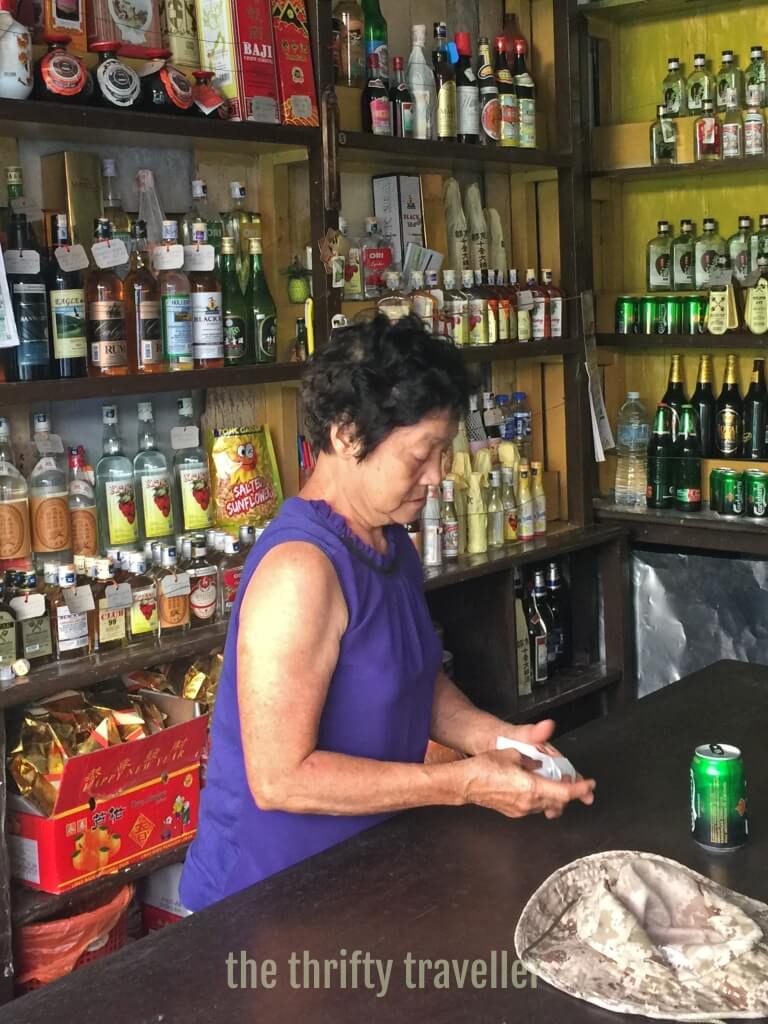

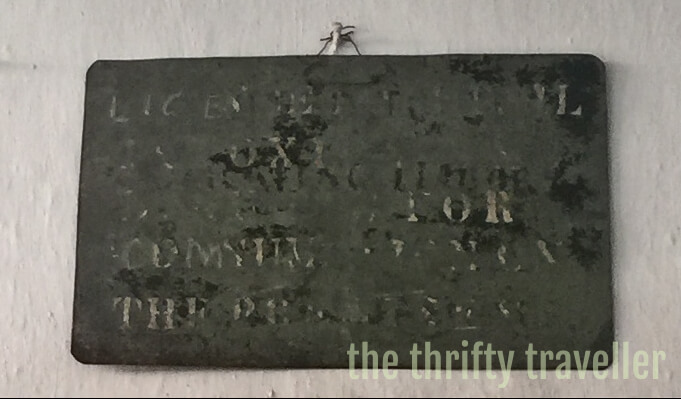
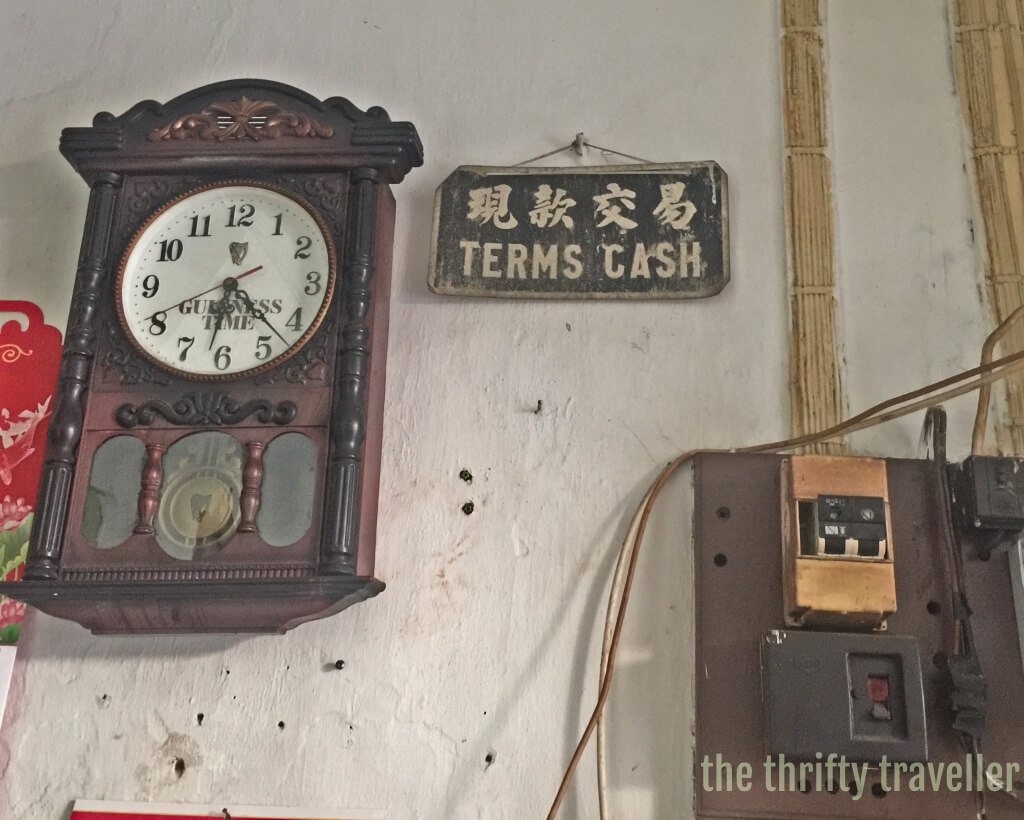
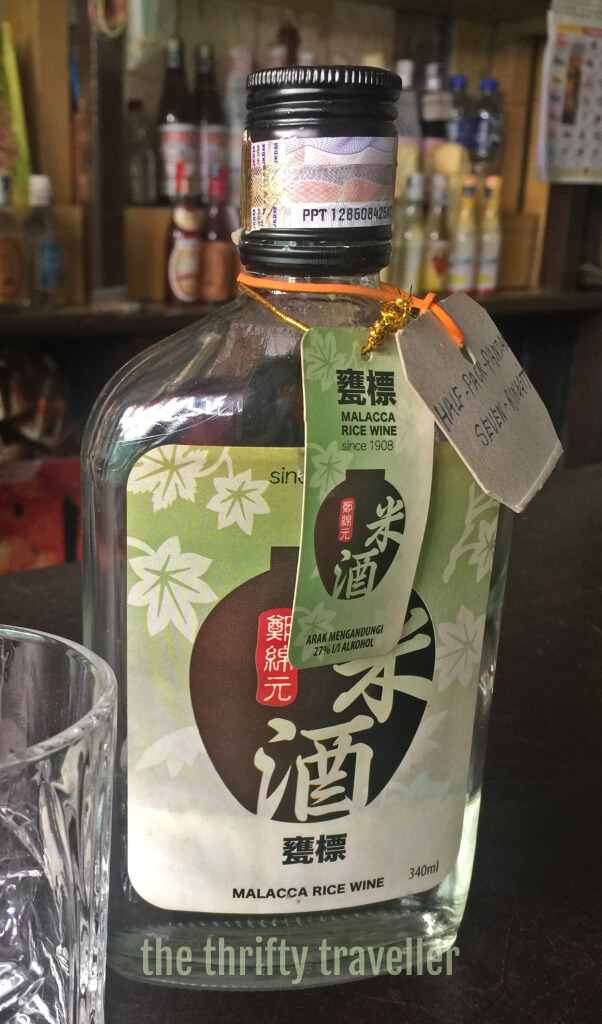
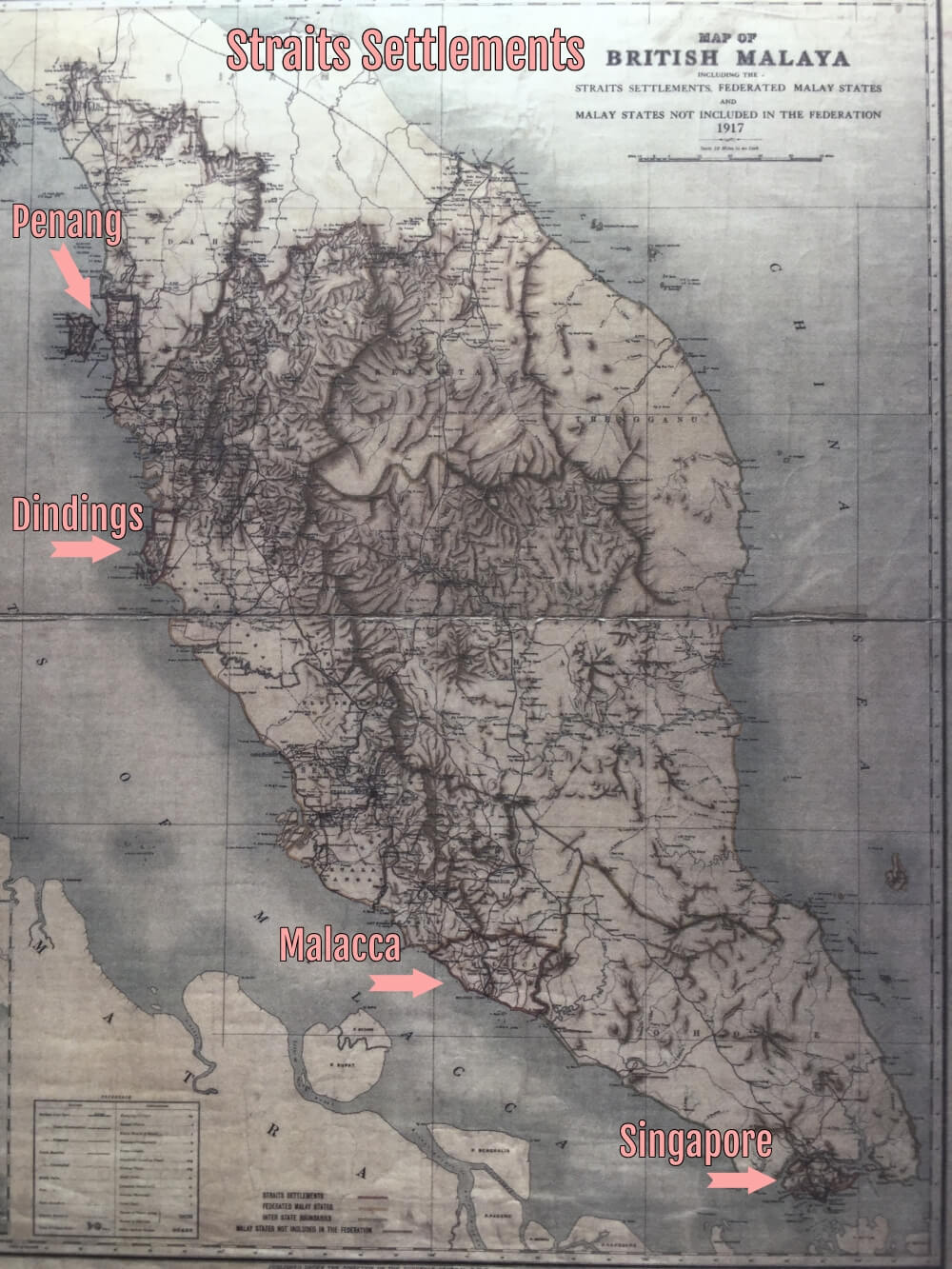


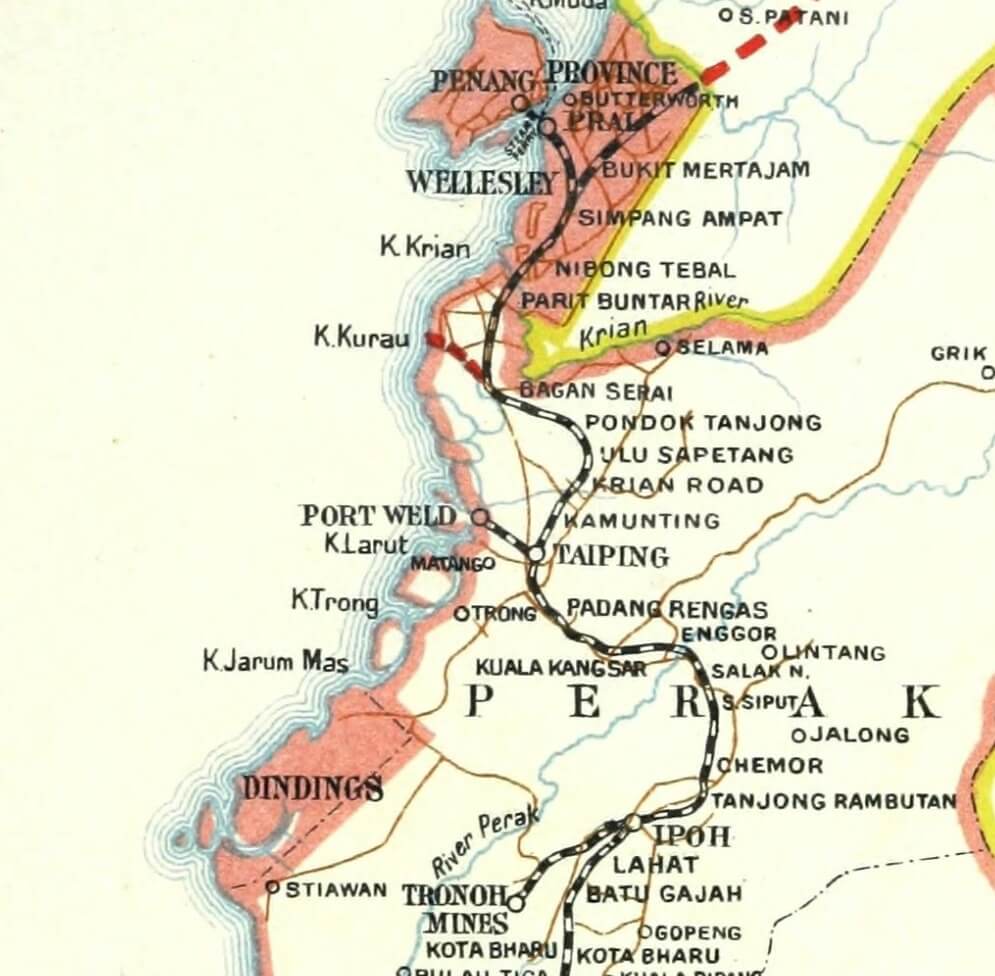
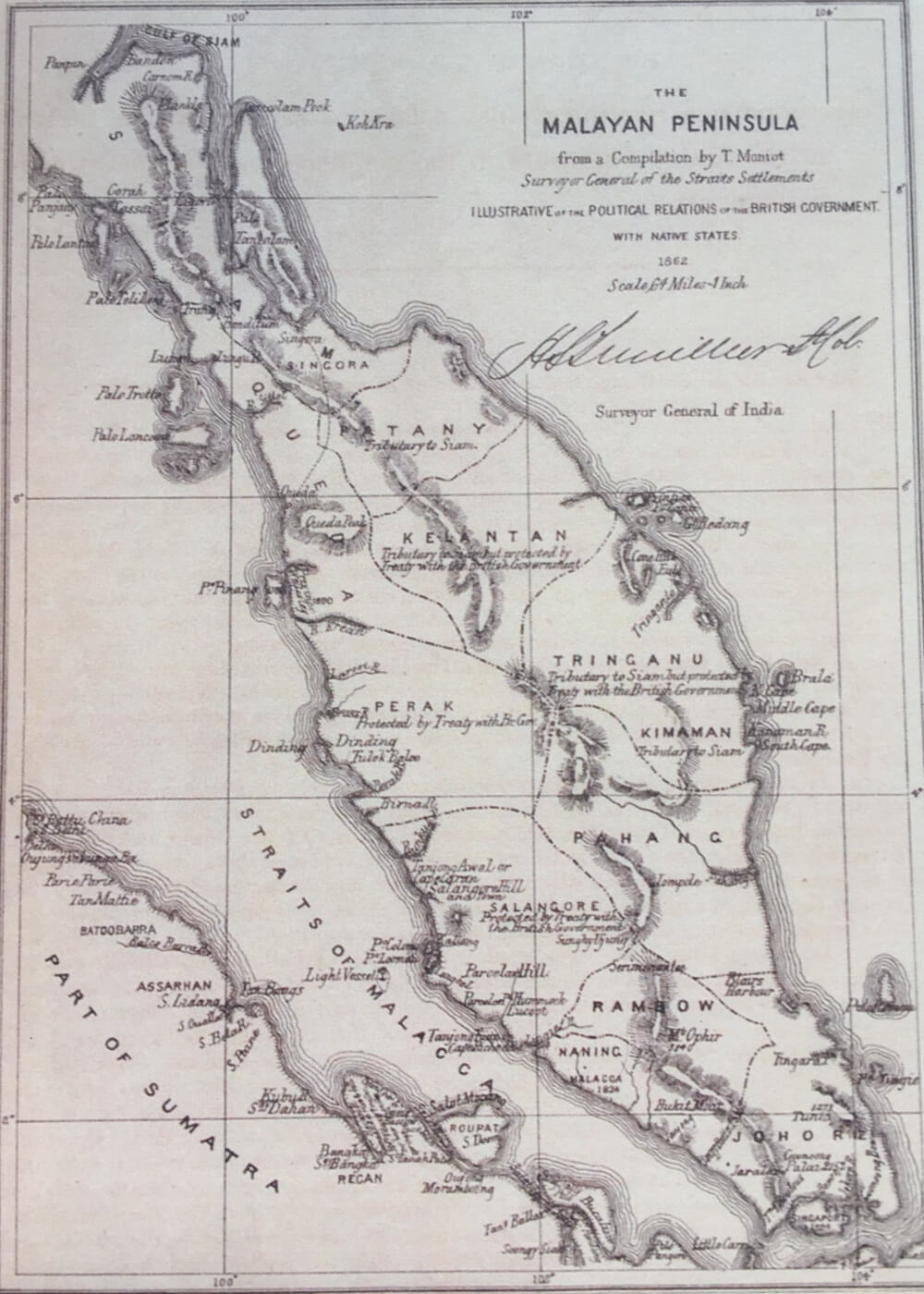
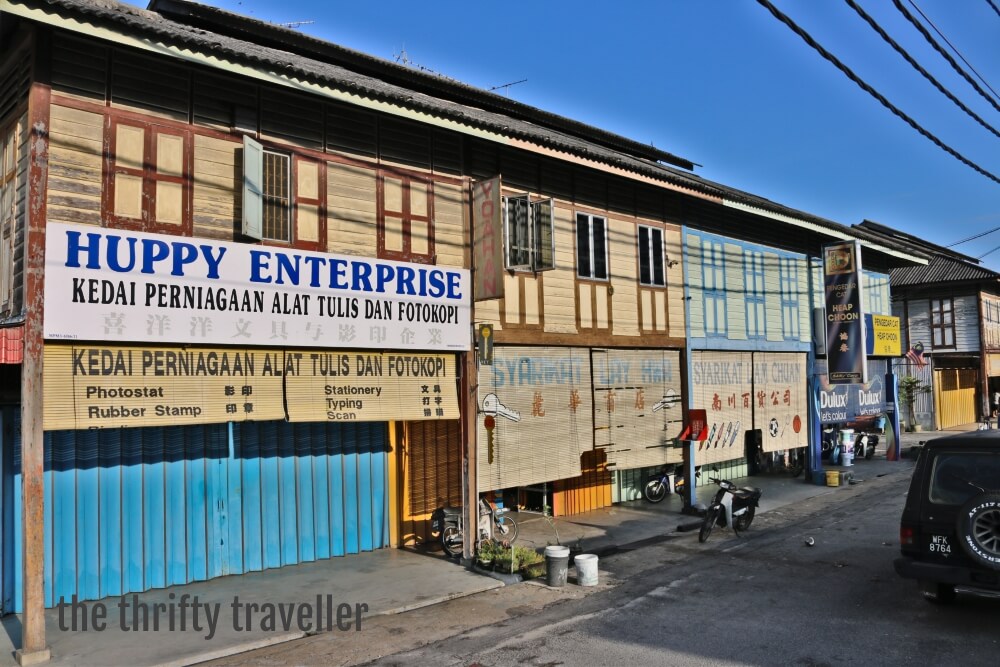
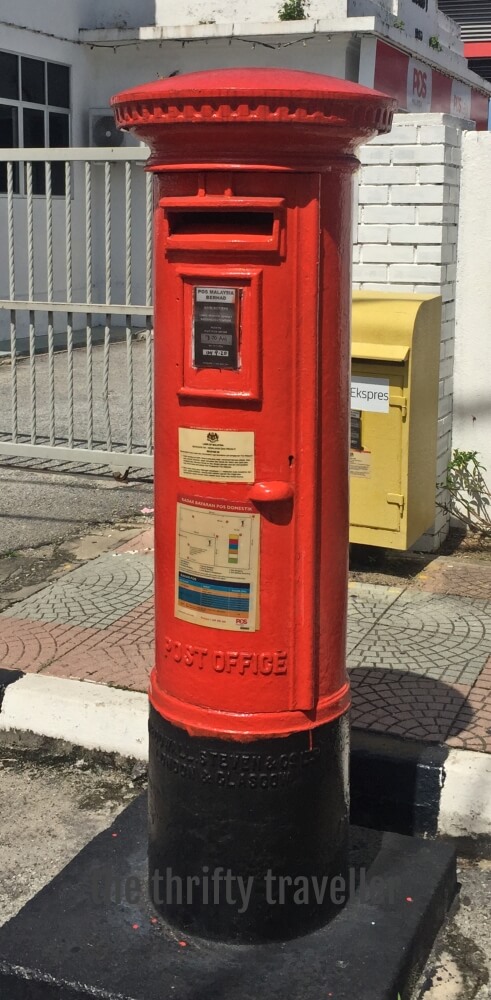
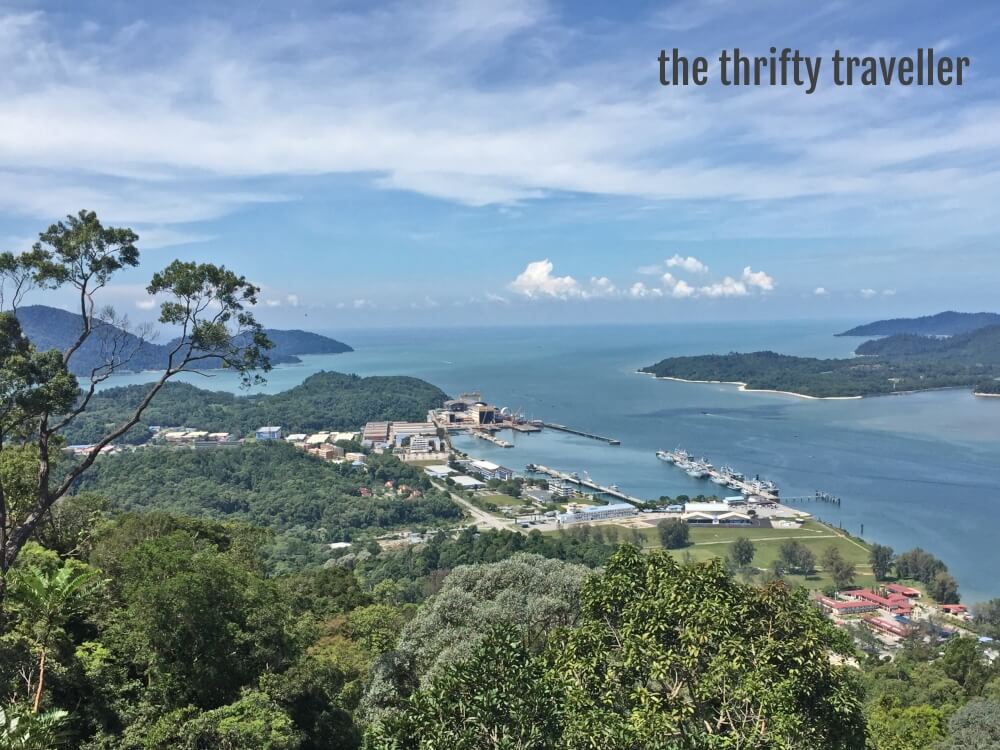
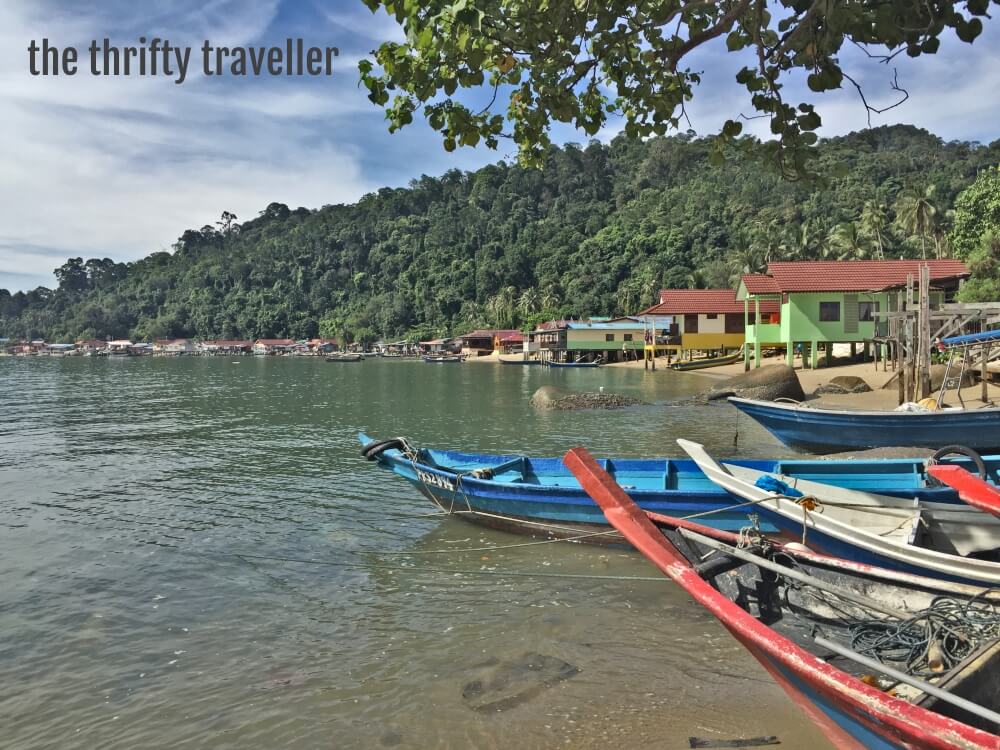
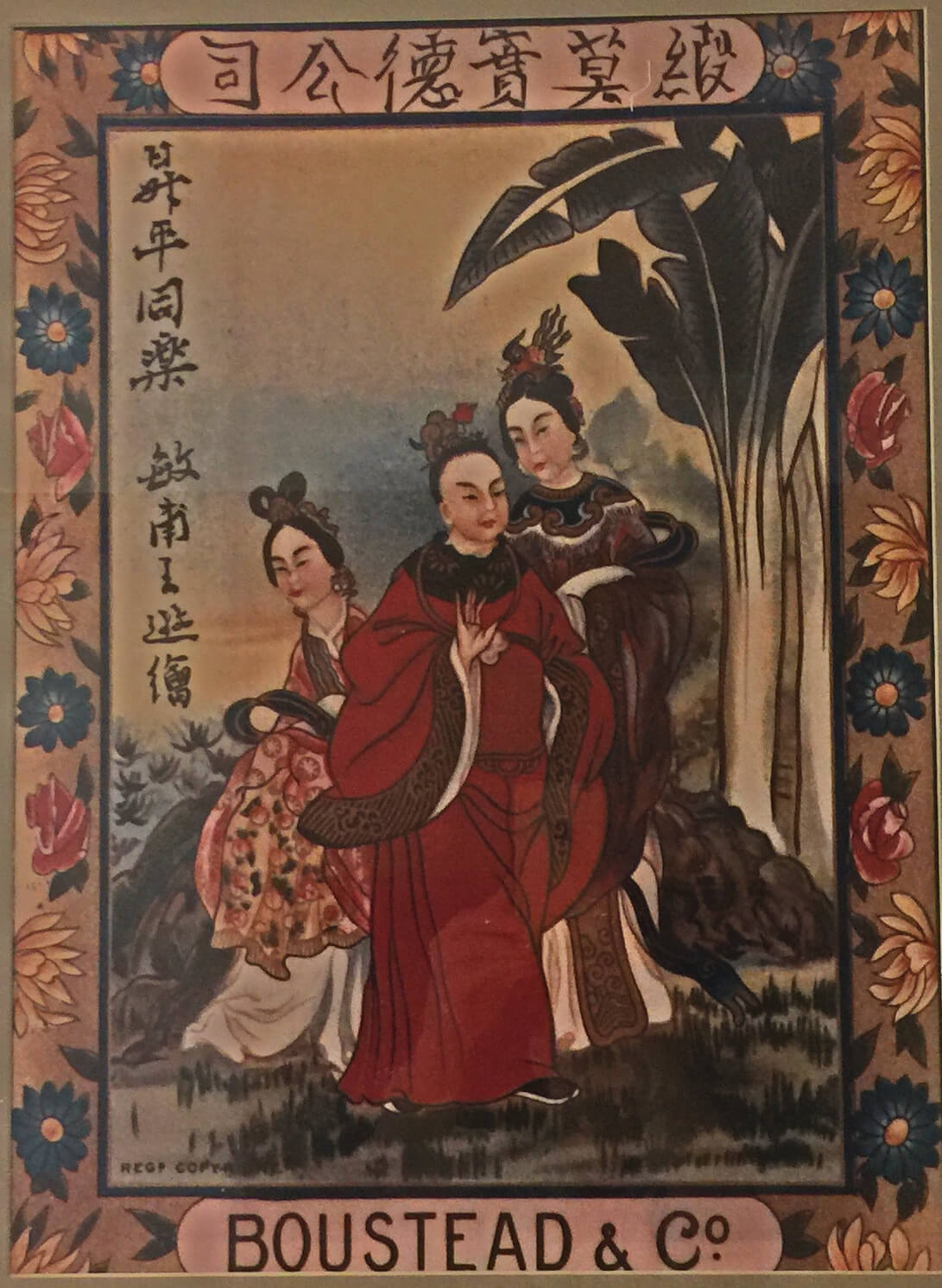
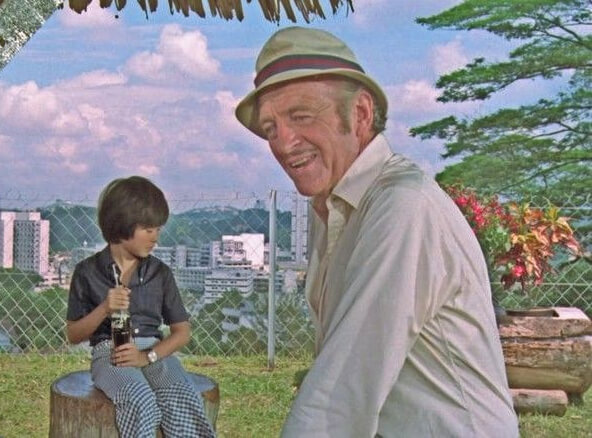
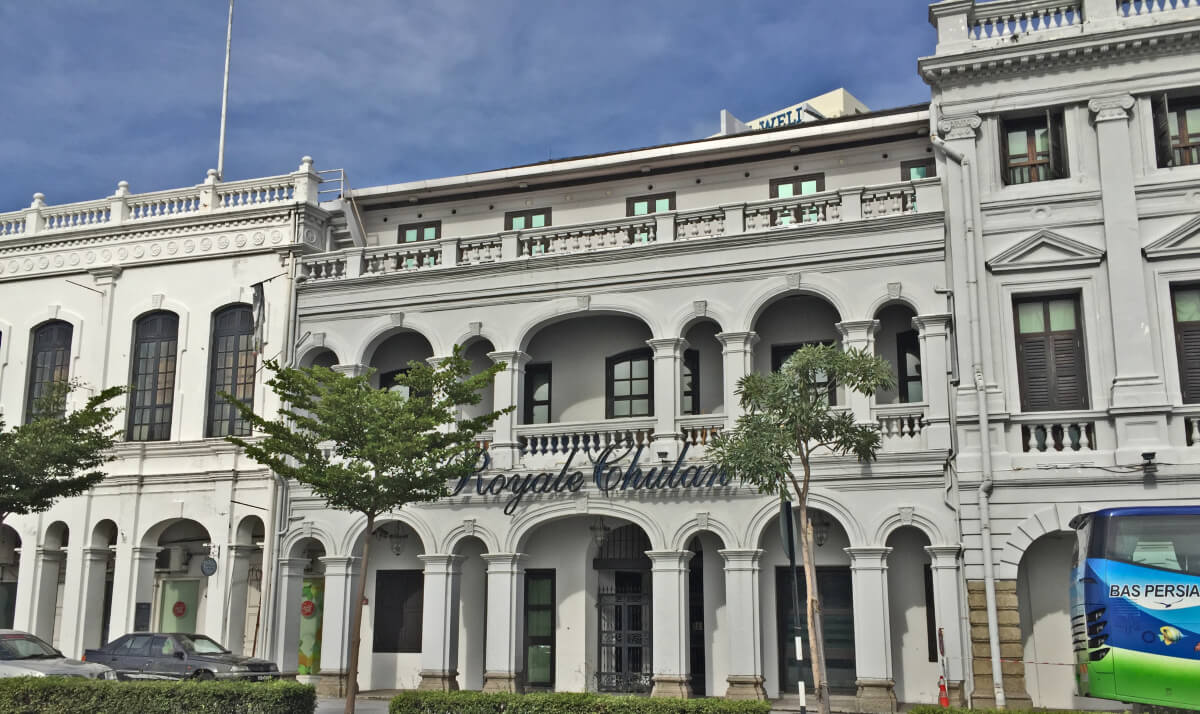
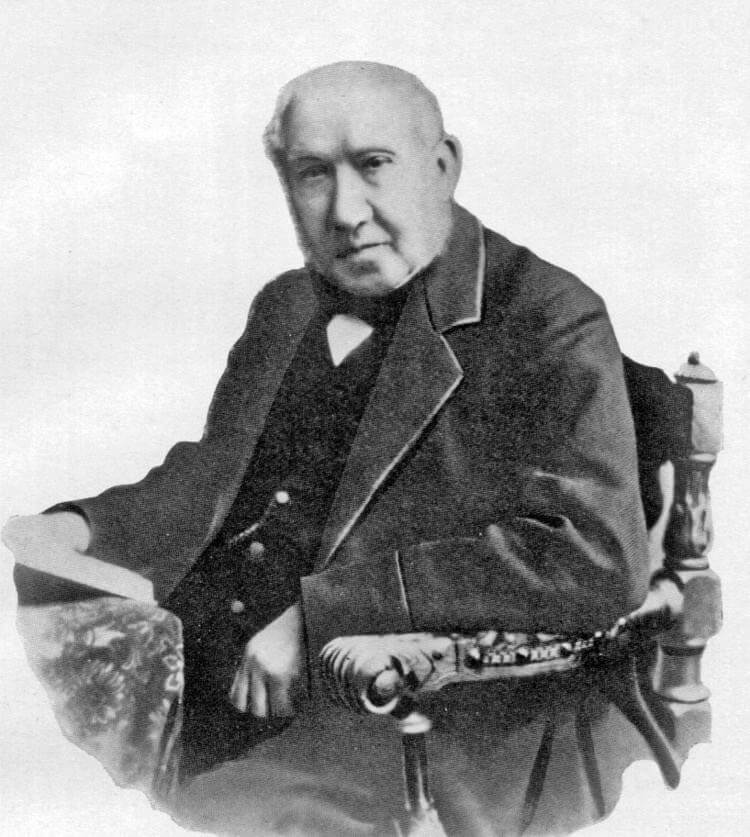
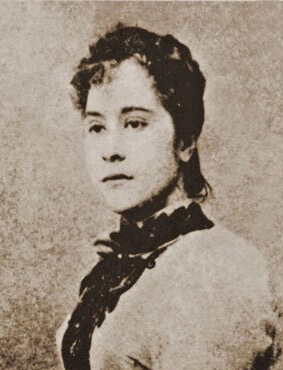
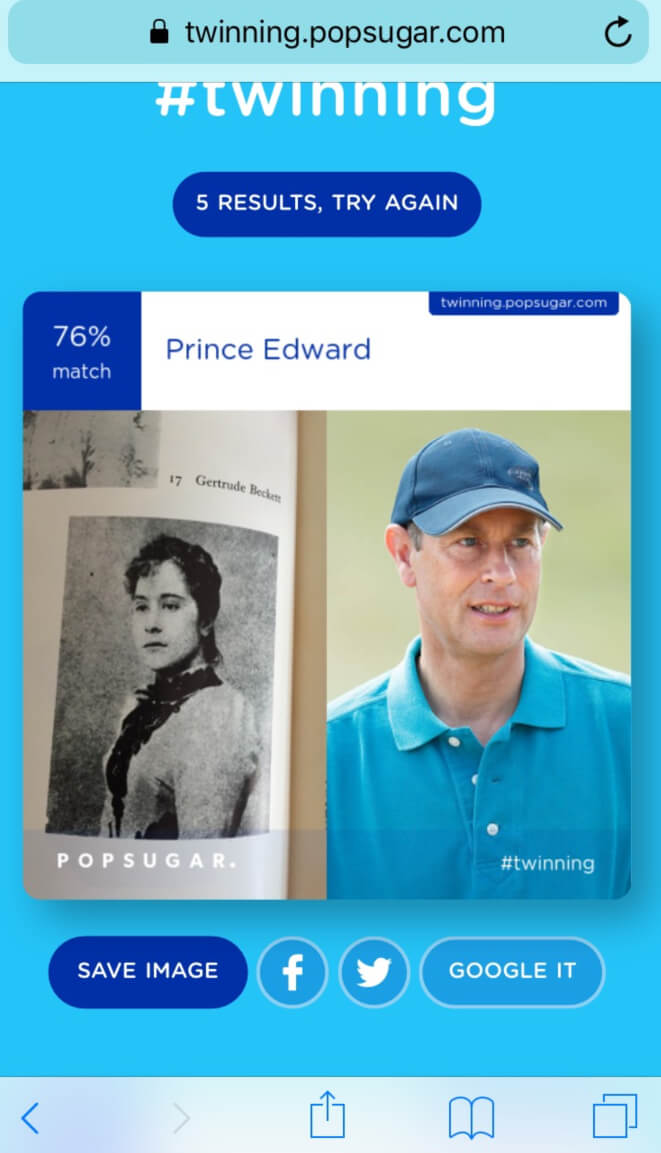
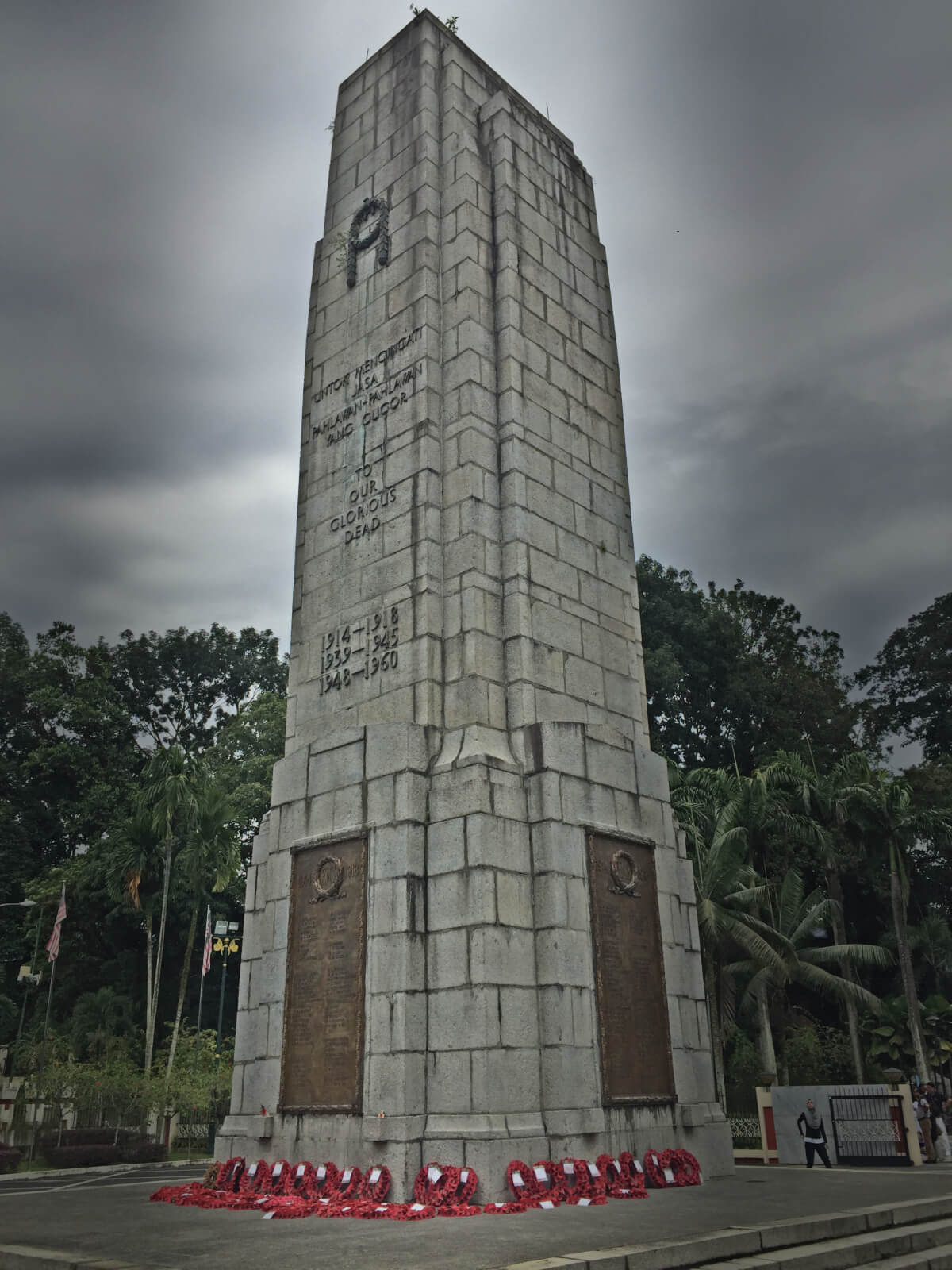
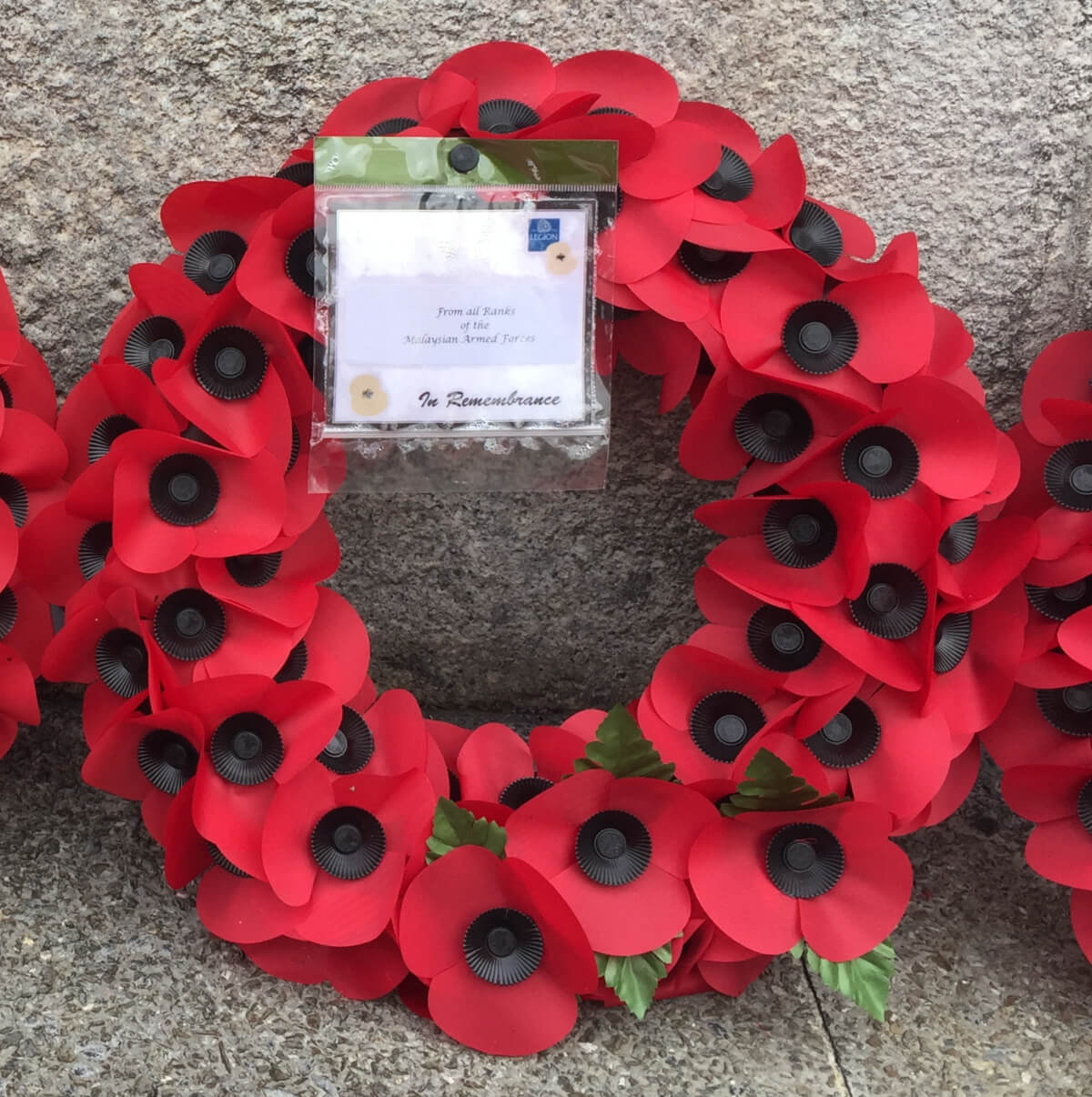
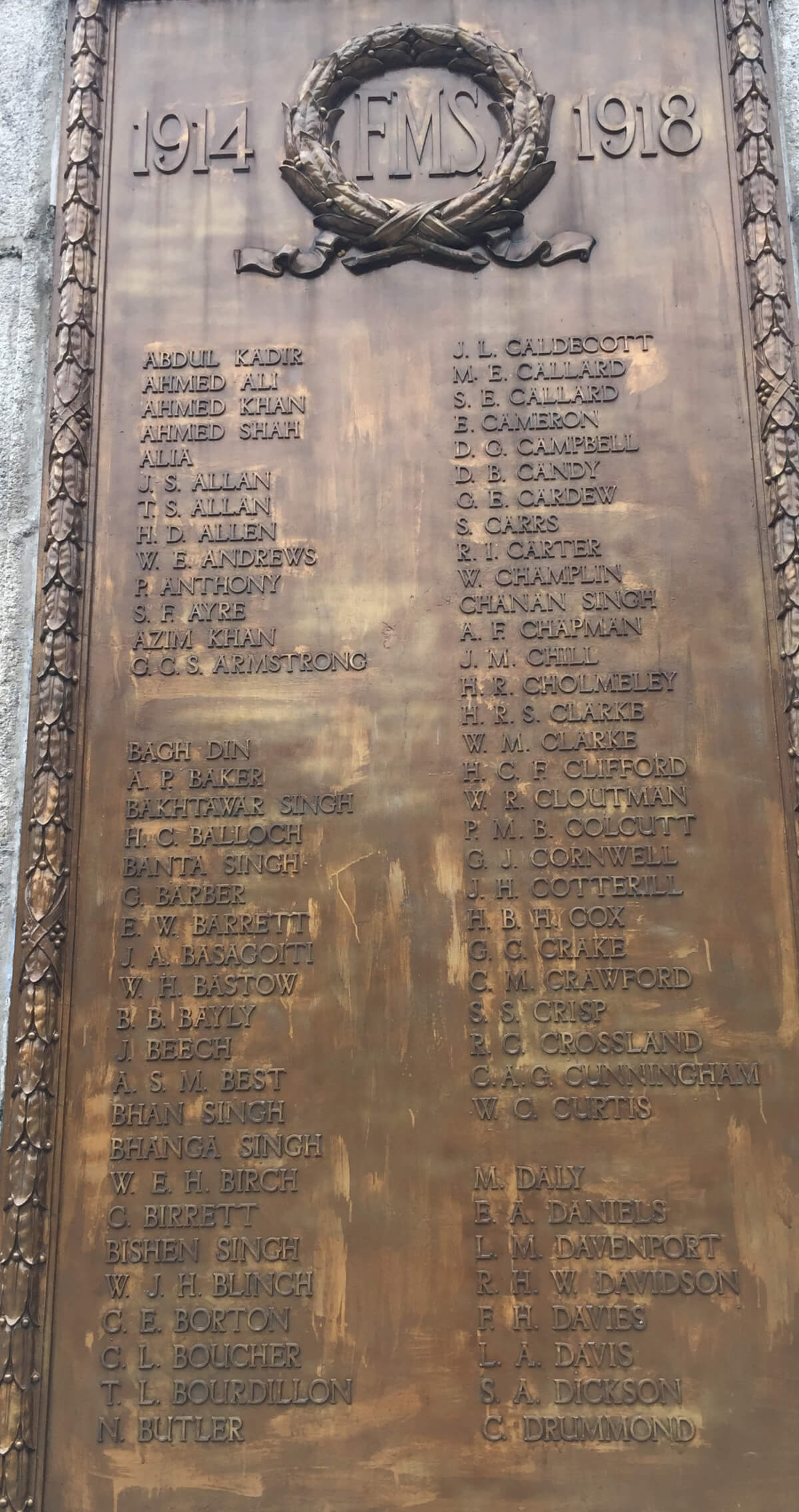 Major Tom Lowis Bourdillon M. C. 8th Batt. Kings Royal Rifle Corps 14th Division,. Killed in action at Ypres 24 August 1917. Aged 29. Son of Sir James and Lady Bourdillon of Liphook, Hampshire. He is buried at Tyne Cot Memorial, Belgium.
Major Tom Lowis Bourdillon M. C. 8th Batt. Kings Royal Rifle Corps 14th Division,. Killed in action at Ypres 24 August 1917. Aged 29. Son of Sir James and Lady Bourdillon of Liphook, Hampshire. He is buried at Tyne Cot Memorial, Belgium.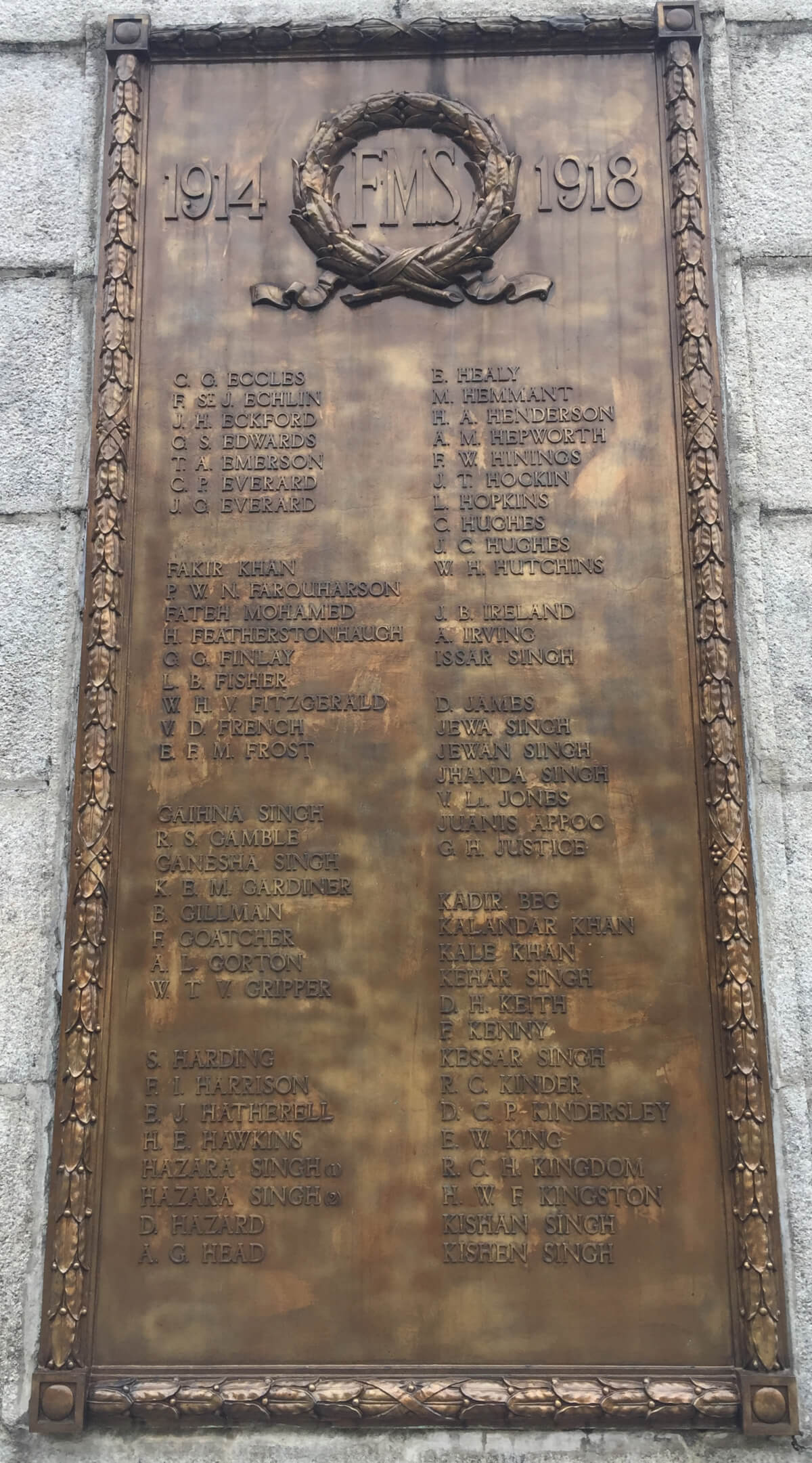
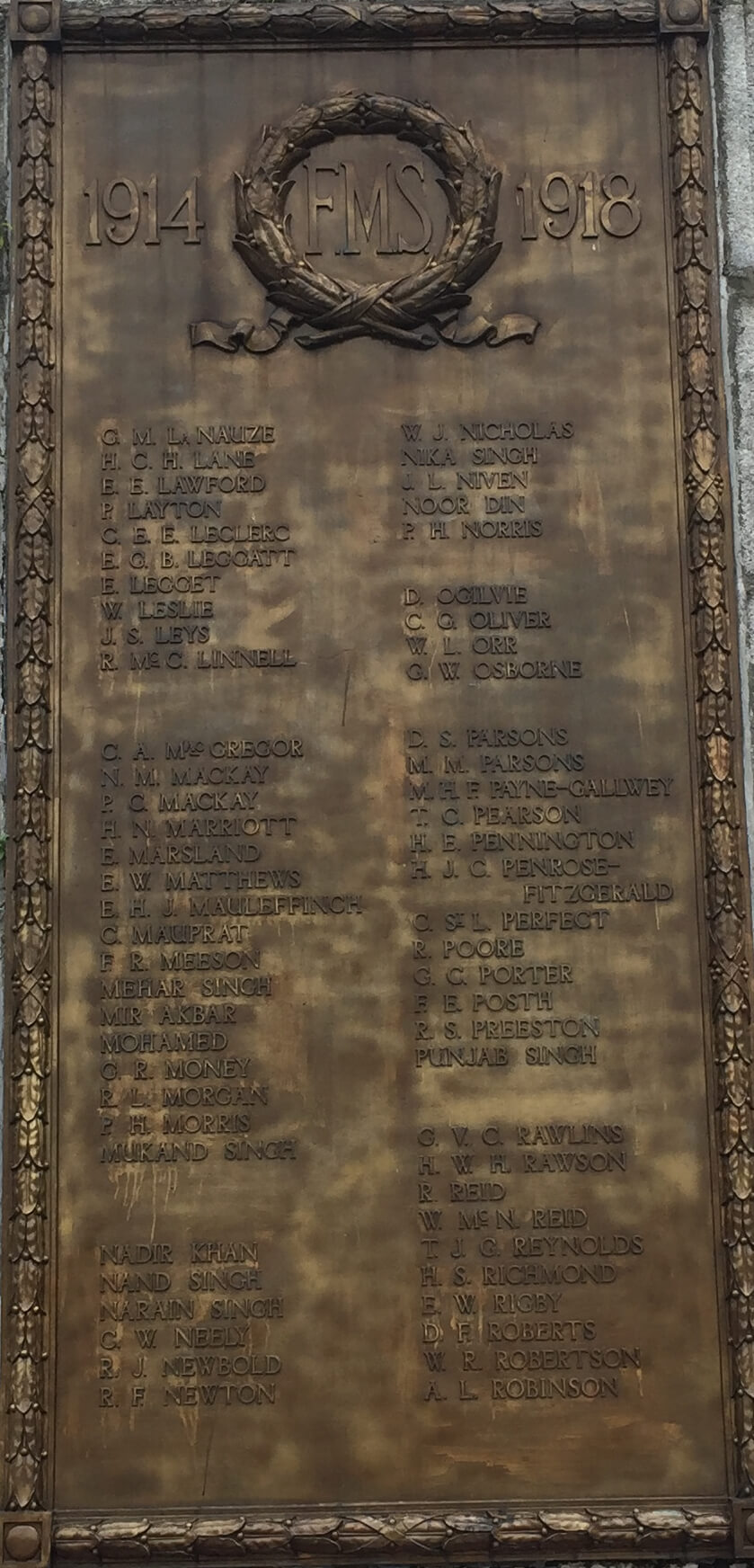 Eric Herbert Justus Maule-Ffinch was a Second Lieutenant killed in action near Bray, France on 27th August 2018 aged just 18. He served with the 7th (Res.) Batt of the London Regiment. He is buried at Bray Military Cemetery. Son of Knightley Heneage Mauleffinch and Evaleen Massie Maule-ffinch (nee O’Dowd), of Hendon, London. Joined the Malay State Volunteer Rifles at 17 years of age
Eric Herbert Justus Maule-Ffinch was a Second Lieutenant killed in action near Bray, France on 27th August 2018 aged just 18. He served with the 7th (Res.) Batt of the London Regiment. He is buried at Bray Military Cemetery. Son of Knightley Heneage Mauleffinch and Evaleen Massie Maule-ffinch (nee O’Dowd), of Hendon, London. Joined the Malay State Volunteer Rifles at 17 years of age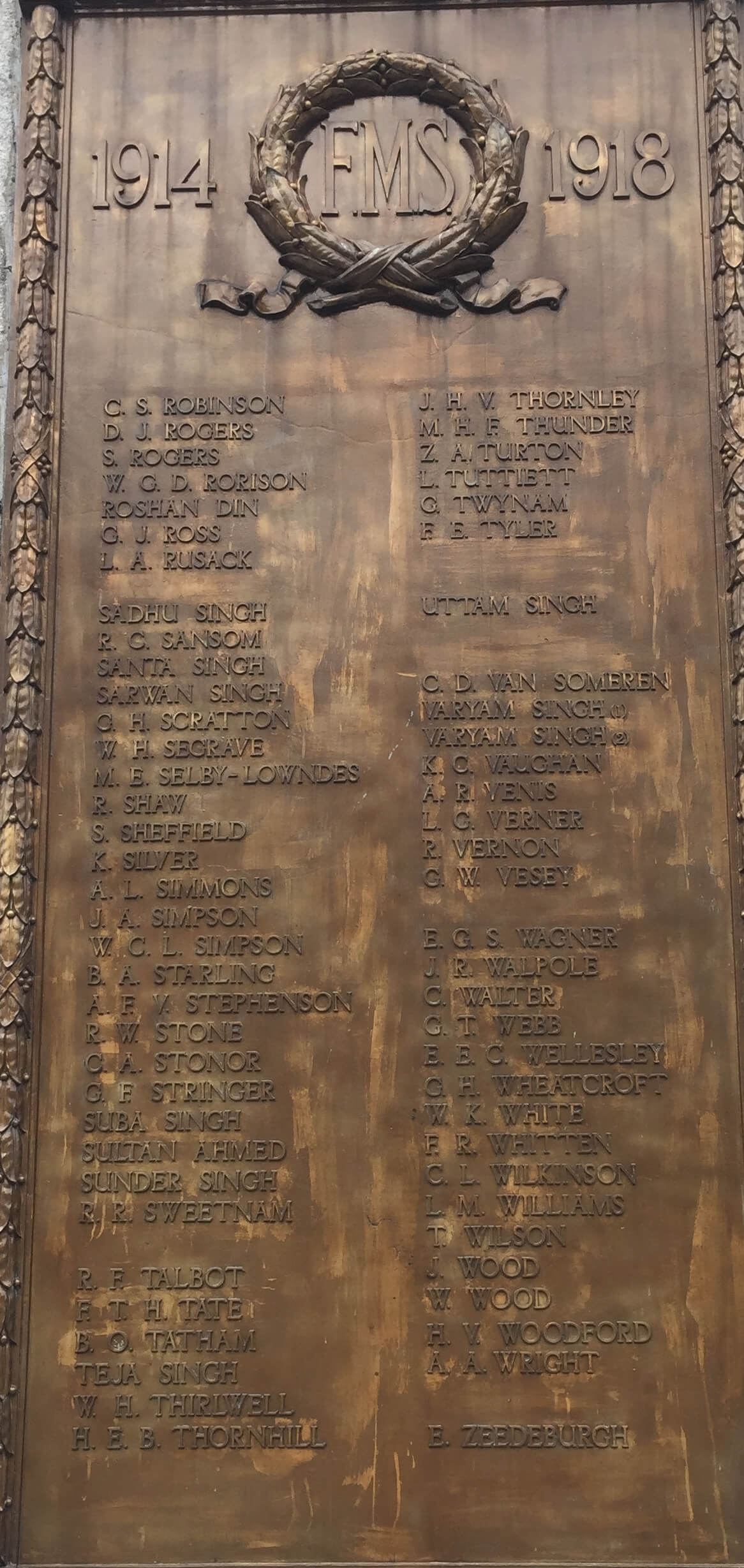
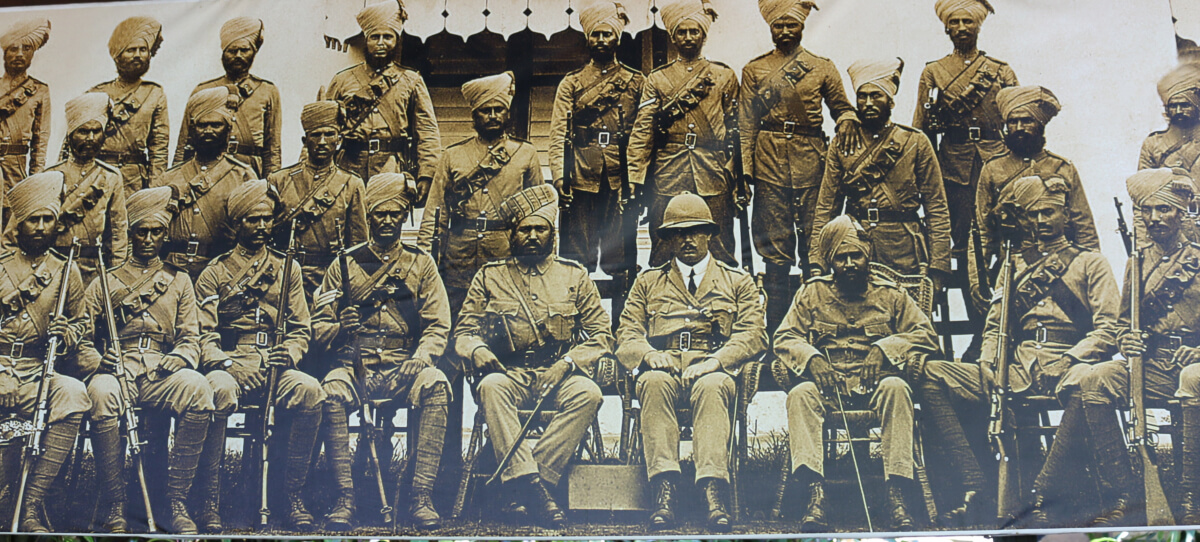
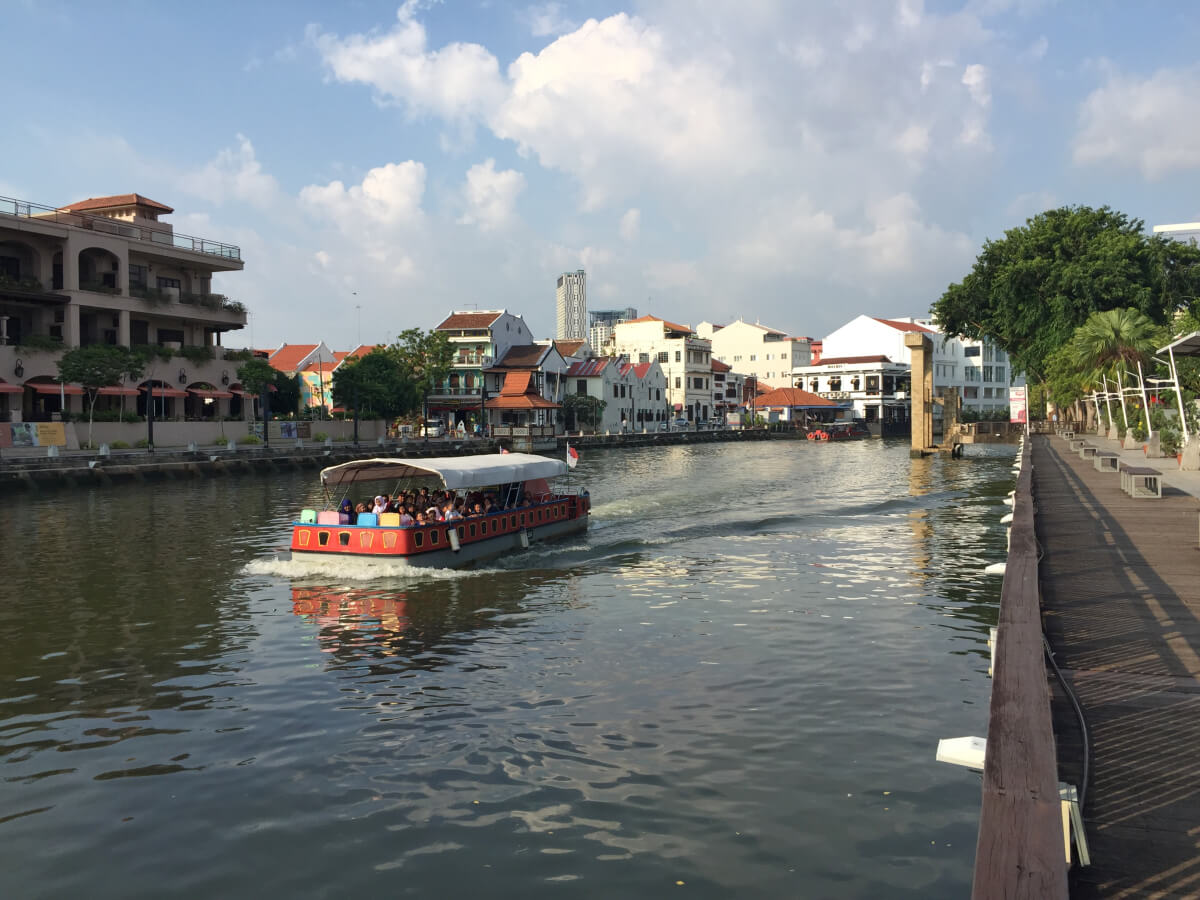
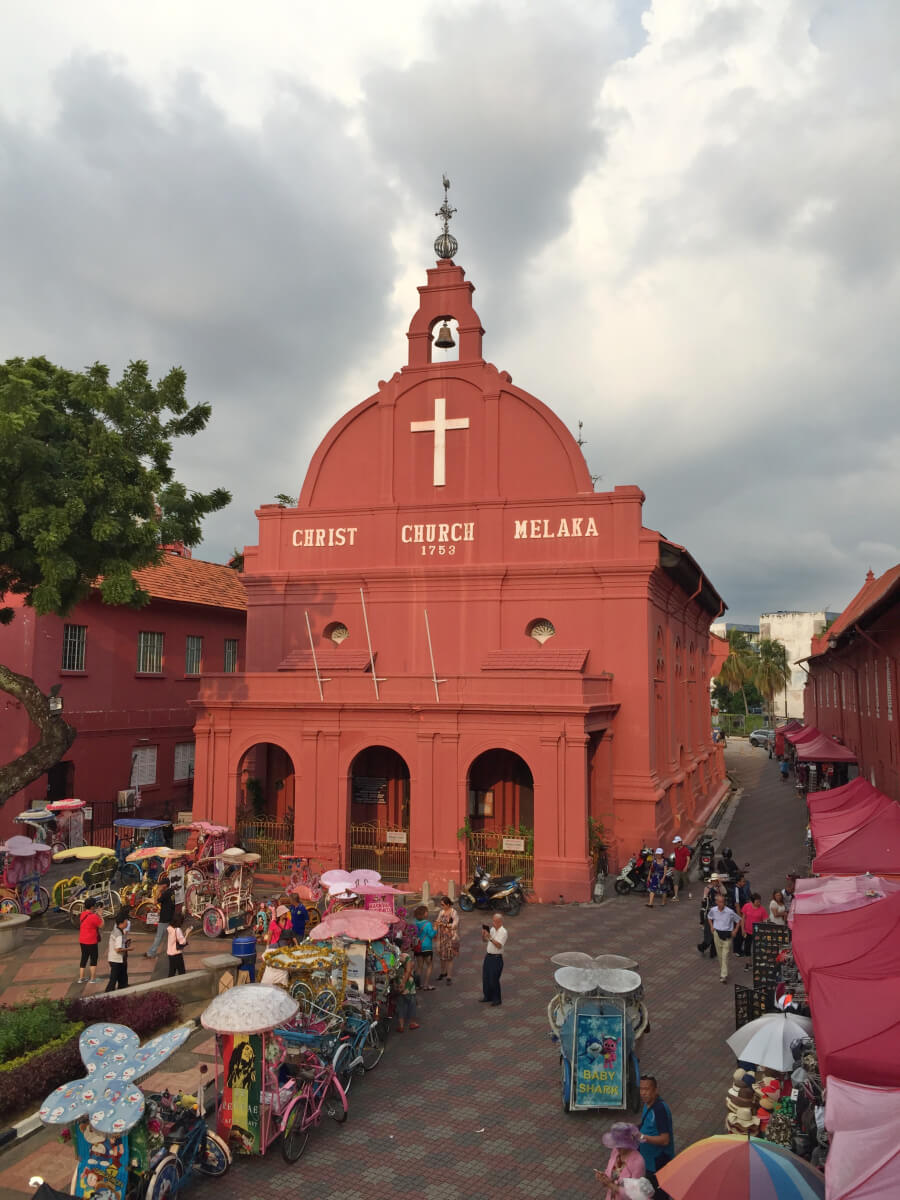 As a UNESCO World Heritage Site it attracts a lot of tourists; 16.7 million in 2017 according to press reports, with Chinese tourists taking the top spot.
As a UNESCO World Heritage Site it attracts a lot of tourists; 16.7 million in 2017 according to press reports, with Chinese tourists taking the top spot.